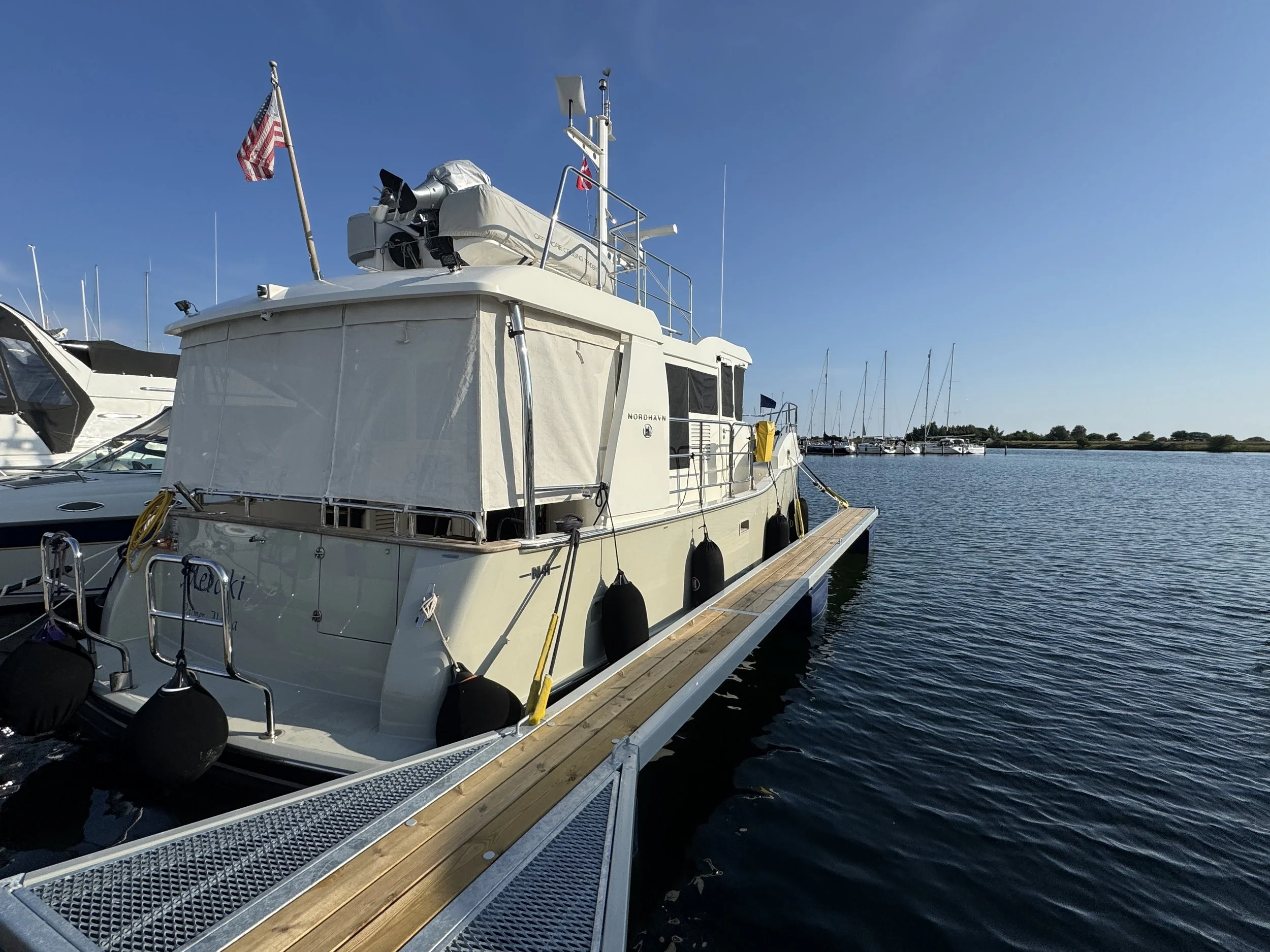Coming To A Close
It was time to leave the vibrant city of Copenhagen and settle into our long stay marina where Meraki will remain while we travel stateside. Ellen and Simon joined us for the four hour transit. The seas were choppy for the first hour, smoothing out throughout the day. We arrived in the quiet Greve Marina content in the serene surroundings, green space and beautiful beach.
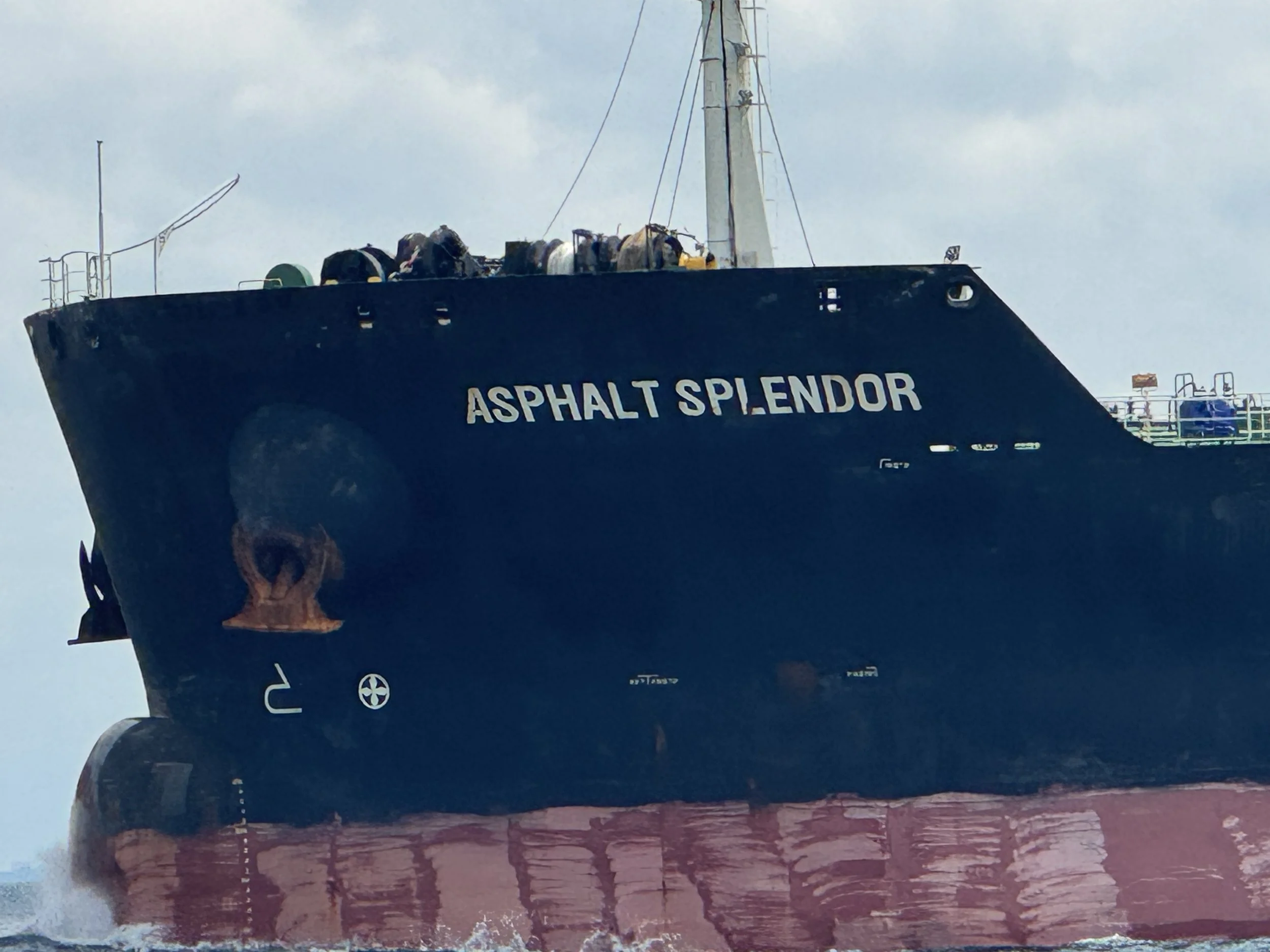

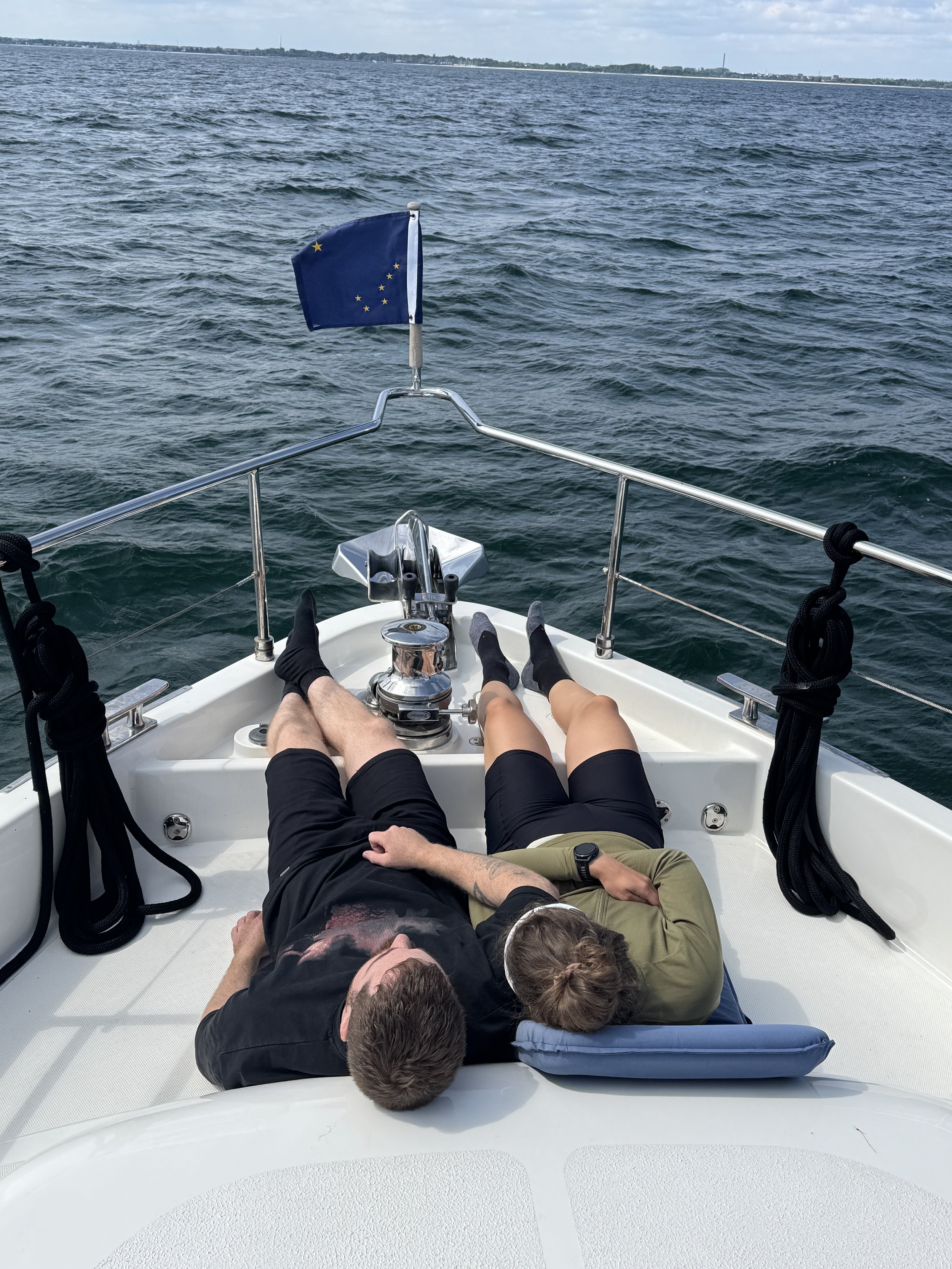



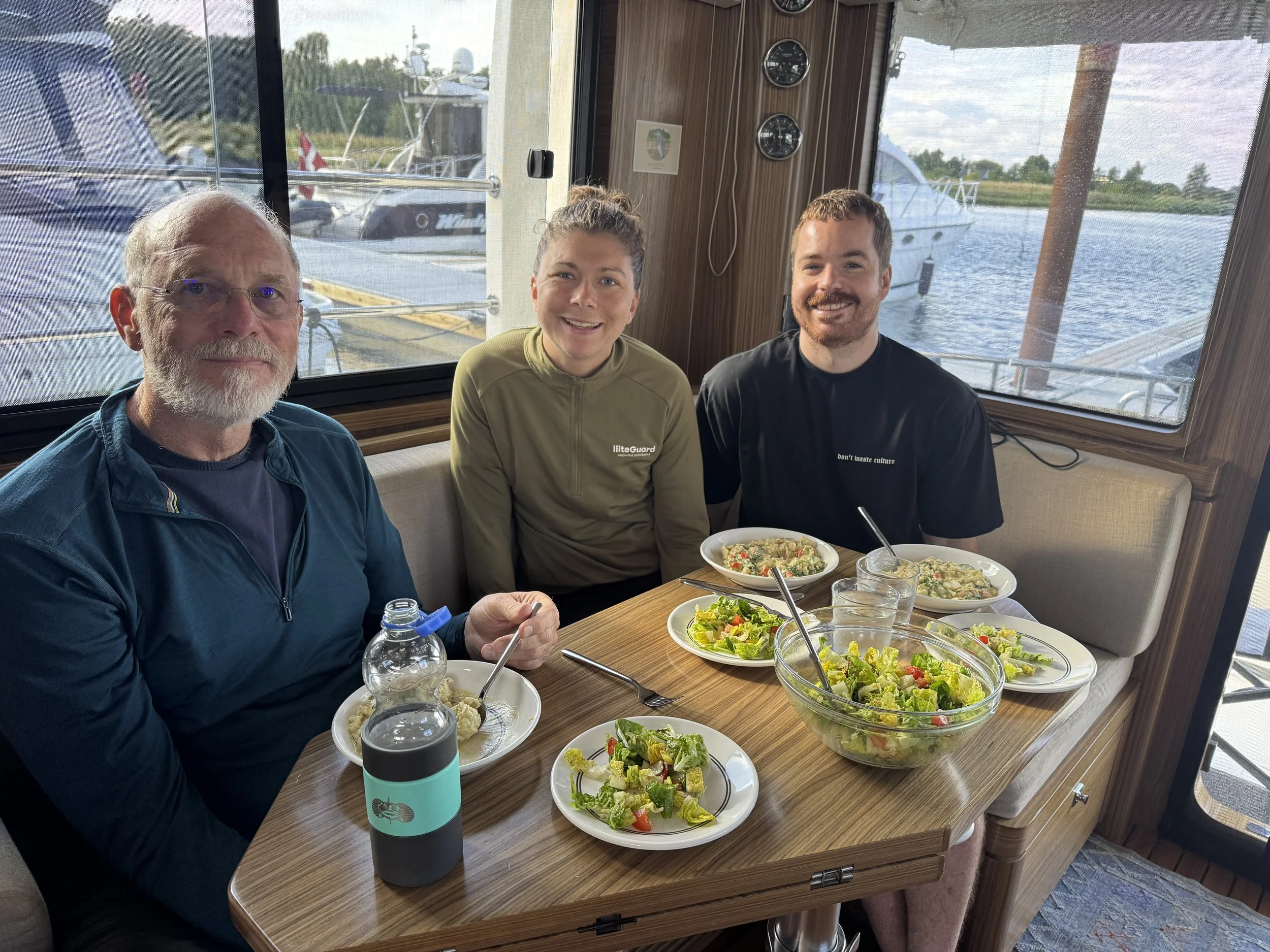
The next day I took a bike ride through the beautiful farmland, and that evening we shared a yummy dinner with our friends, Bent and Nina. Knowing how much I miss my garden, Nina brought me an extraordinary bouquet from her own.
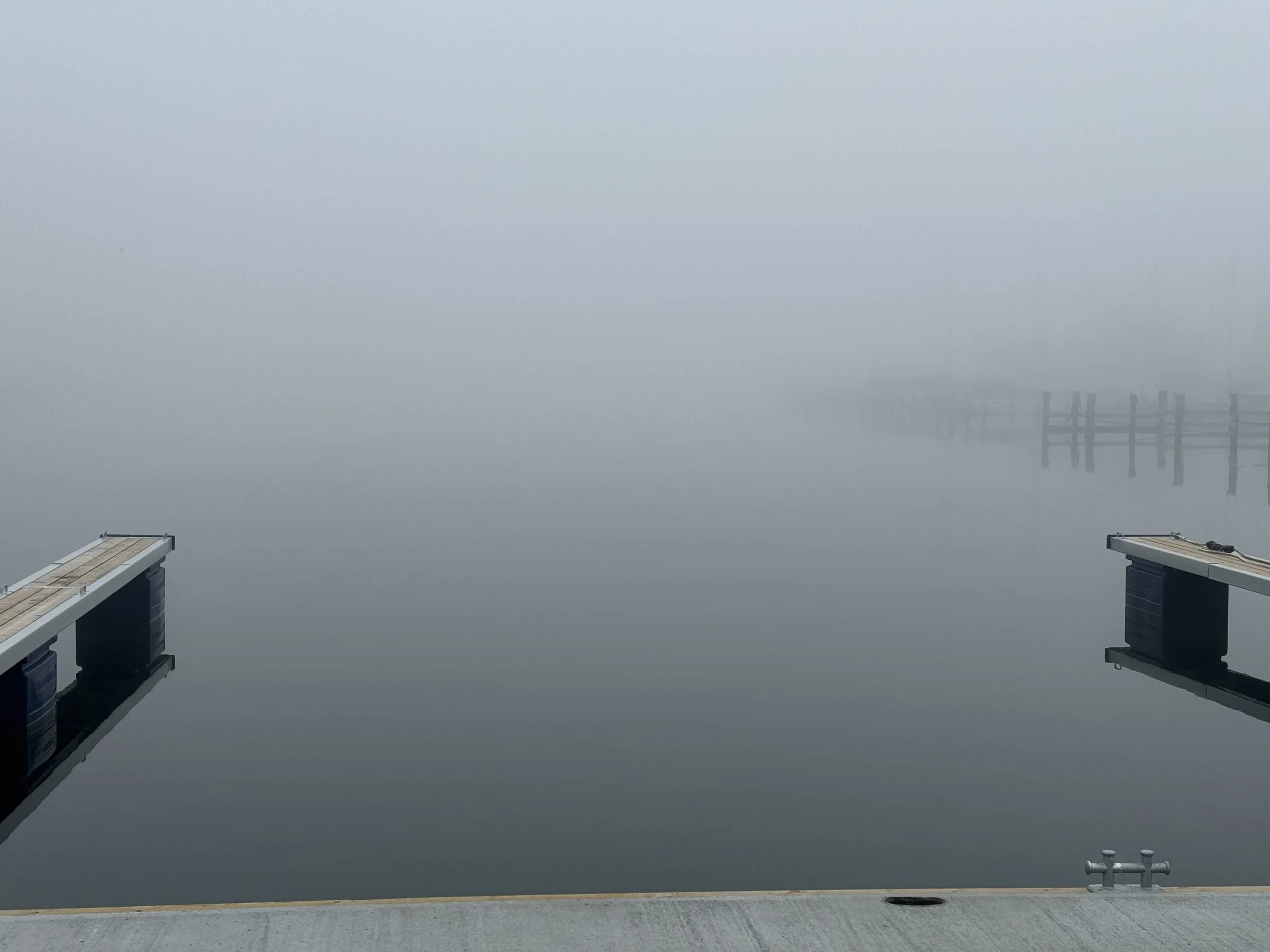


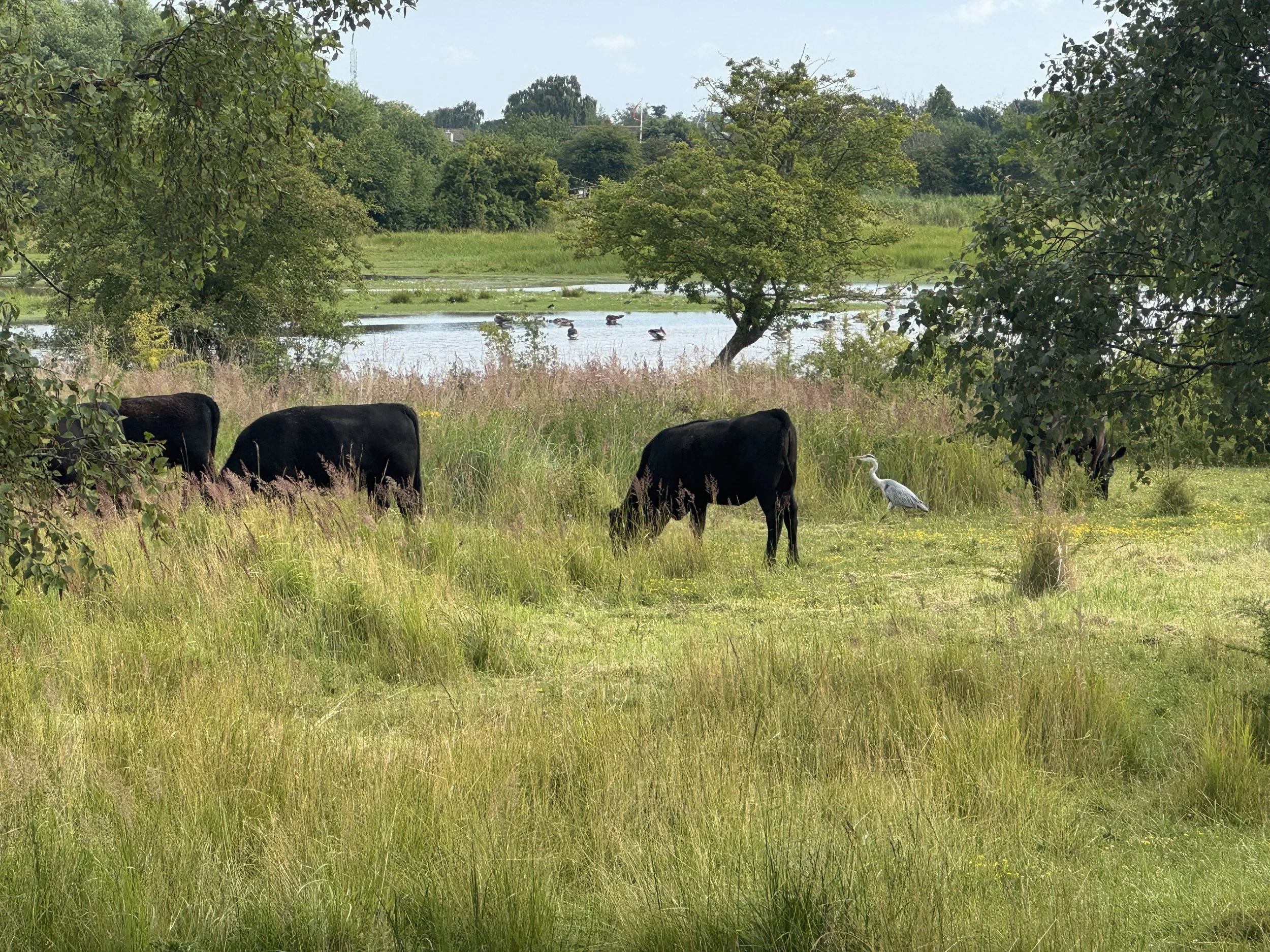
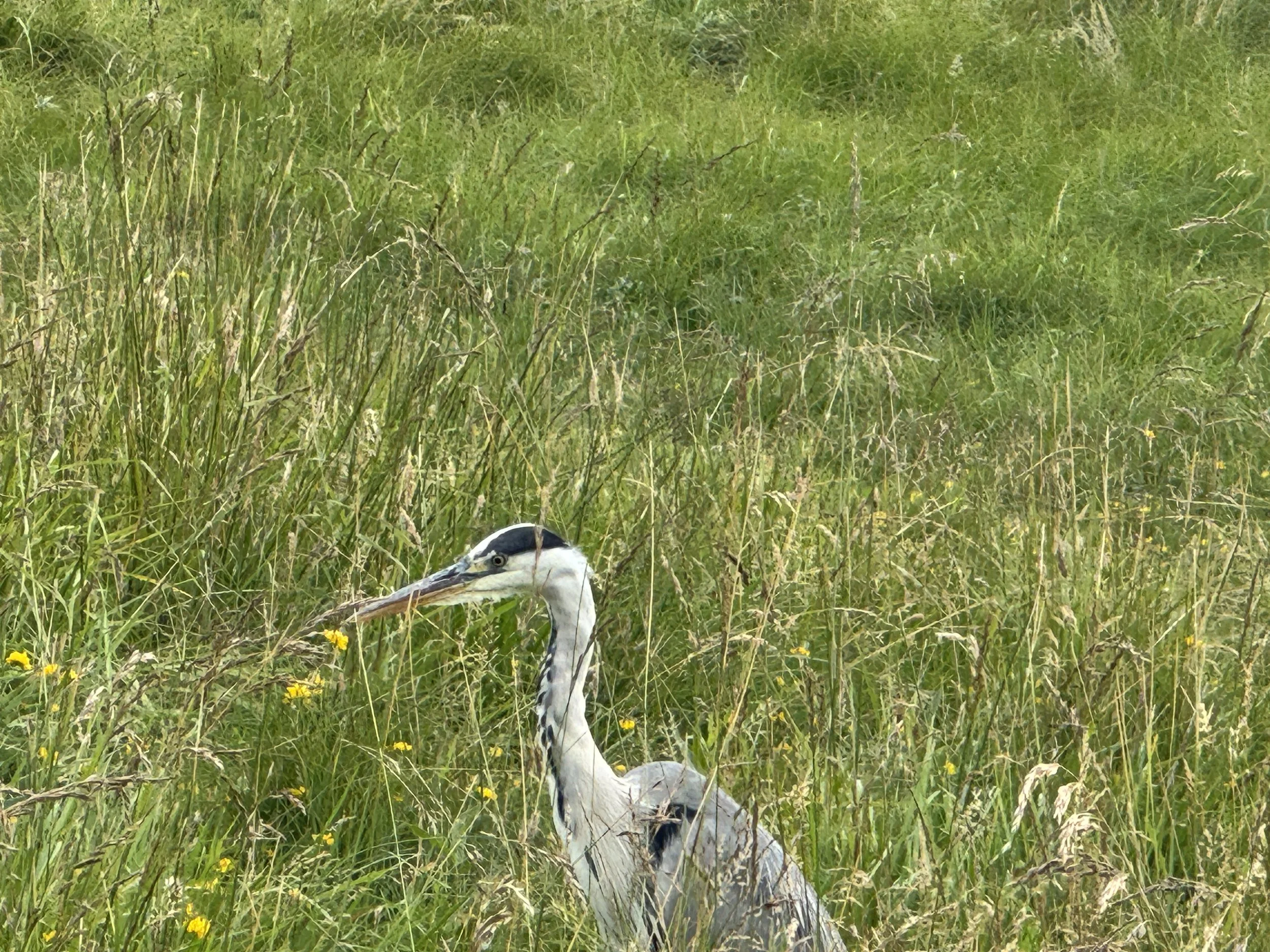

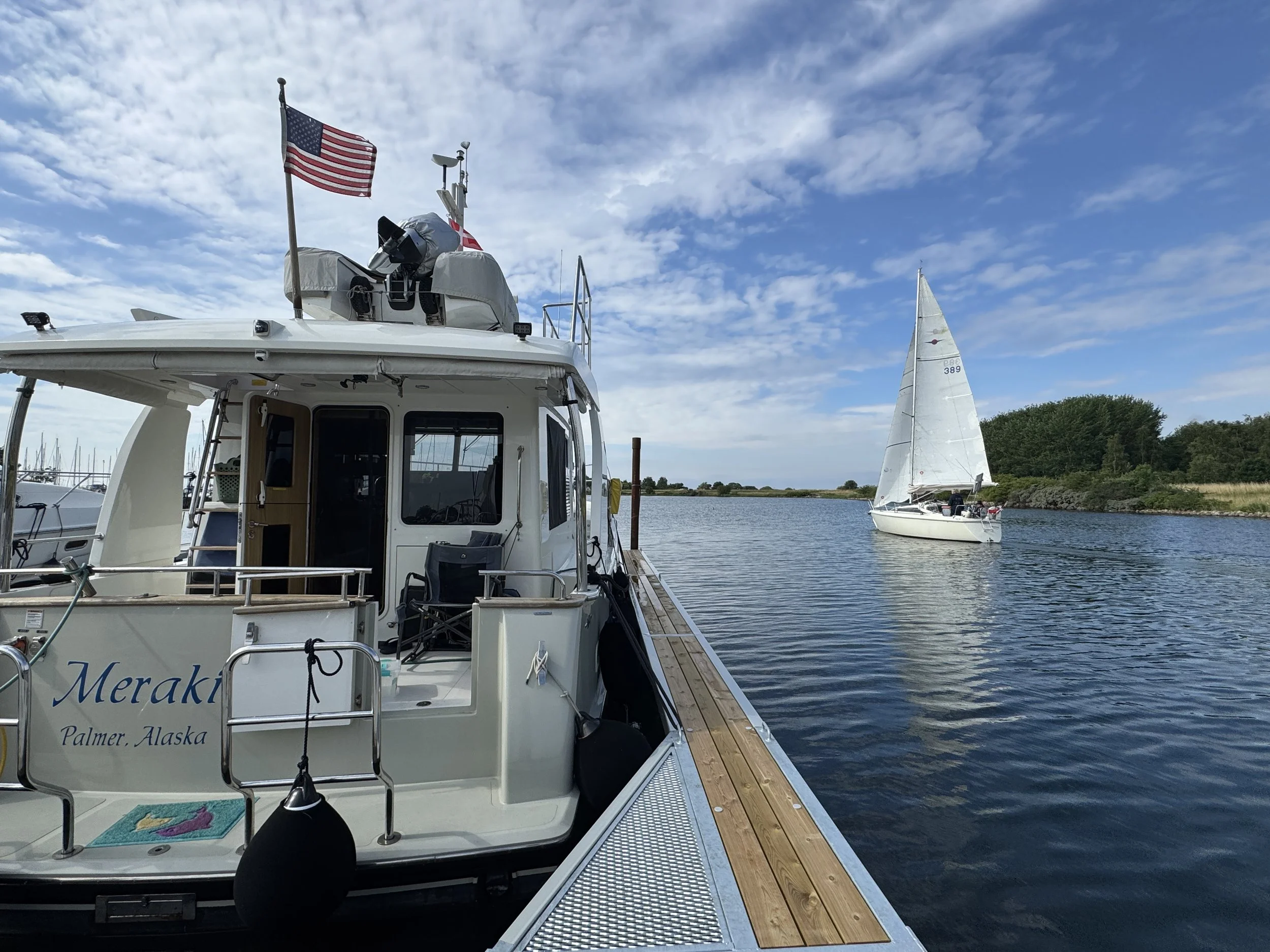

We had a few remaining days and decided to rent a car. We drove north to Helsingør to view Kronberg Castle. Built in the late 1500s it is easily one of Denmark's most iconic landmarks. The castle sits on a spit of very strategic land on the Øresund Sound, the strait between Zealand (Sjælland), Denmark, and Skåne, Sweden.
Kronborg Castle, located at the narrowest point of the strait, was built to exact a toll on the many ships entering or leaving the Baltic Sea. Because the canons could only reach halfway across the strait, ships would pass along the far side to avoid paying the toll. Eventually they built Kärnan Tower on the opposite shore, now Swedish. These two fortresses, in conjunction with guard ships, allowed Denmark to control all navigation through the Øresund.
Kronborg is famously known as Hamlet's Castle having served as the inspiration and setting for William Shakespeare's legendary tragedy (though Shakespeare never visited there). It is also home to Holger the Dane who sits in the casemates until the day when Denmark is in real trouble, when he will wake up and defend the mother country. According to the legend, Holger the Dane has slept for hundreds of years, and will only awaken on the day when Denmark is threatened by enemies, at which time he will open his eyes, stand up and raise his sword.





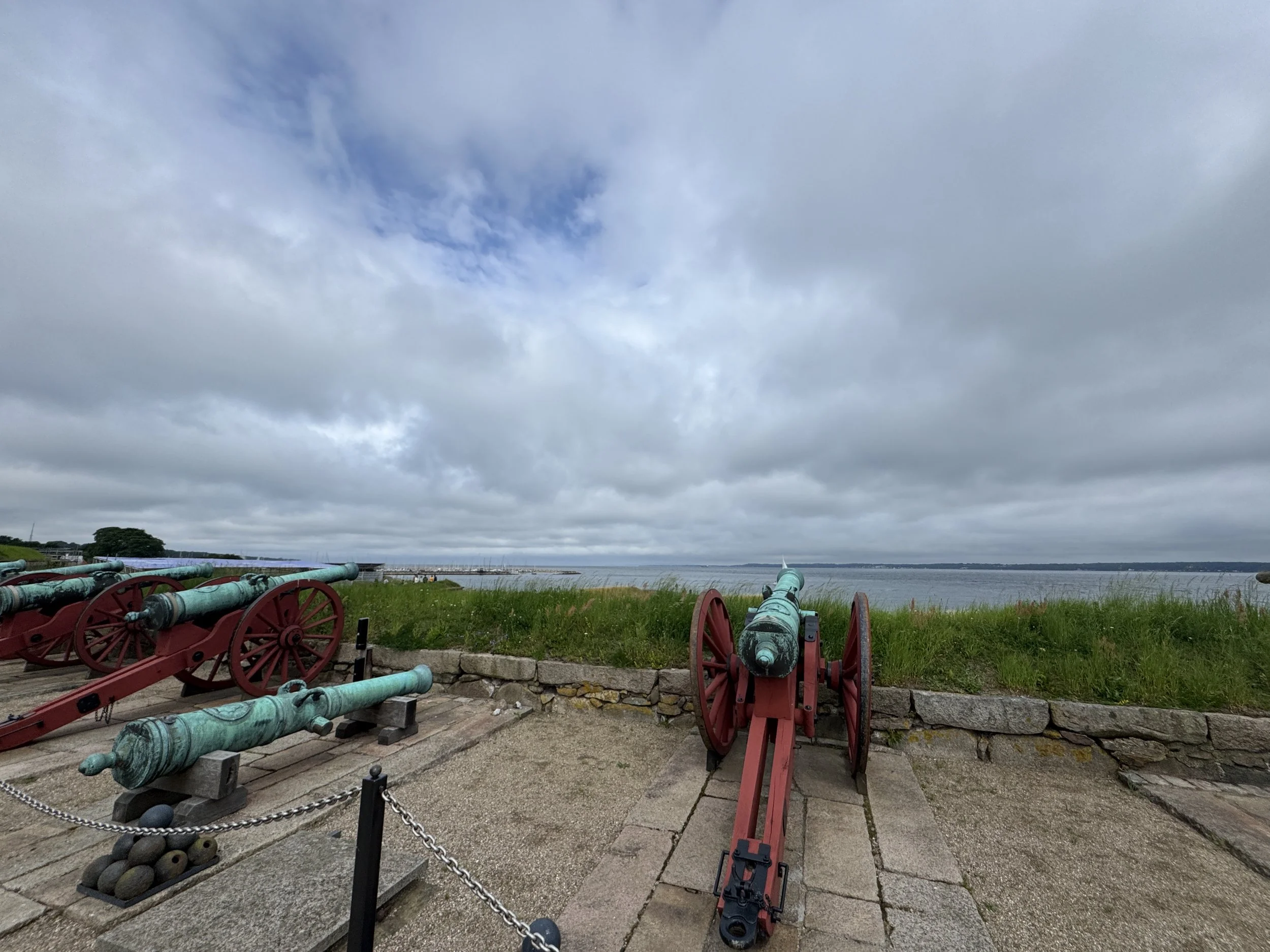




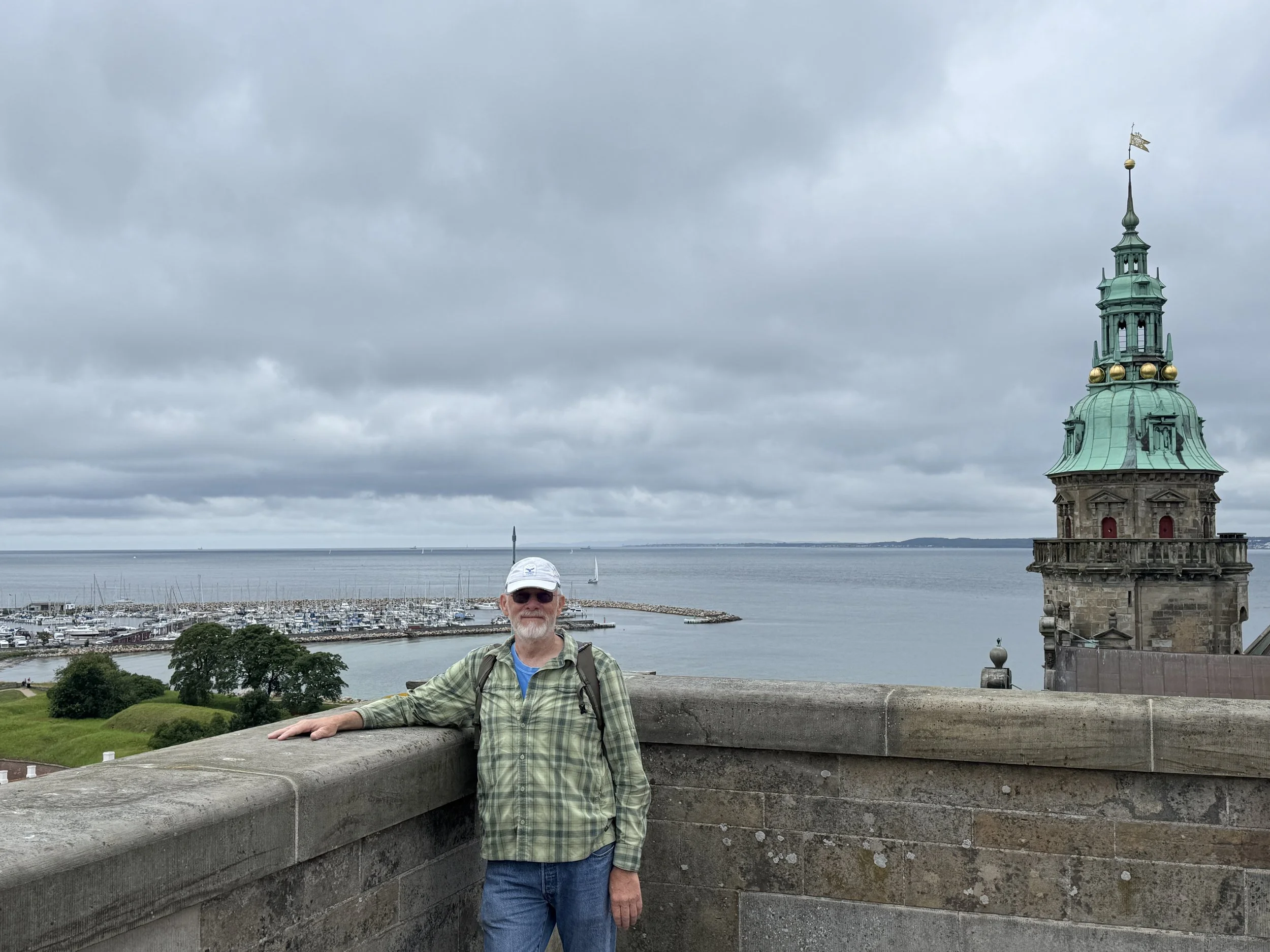
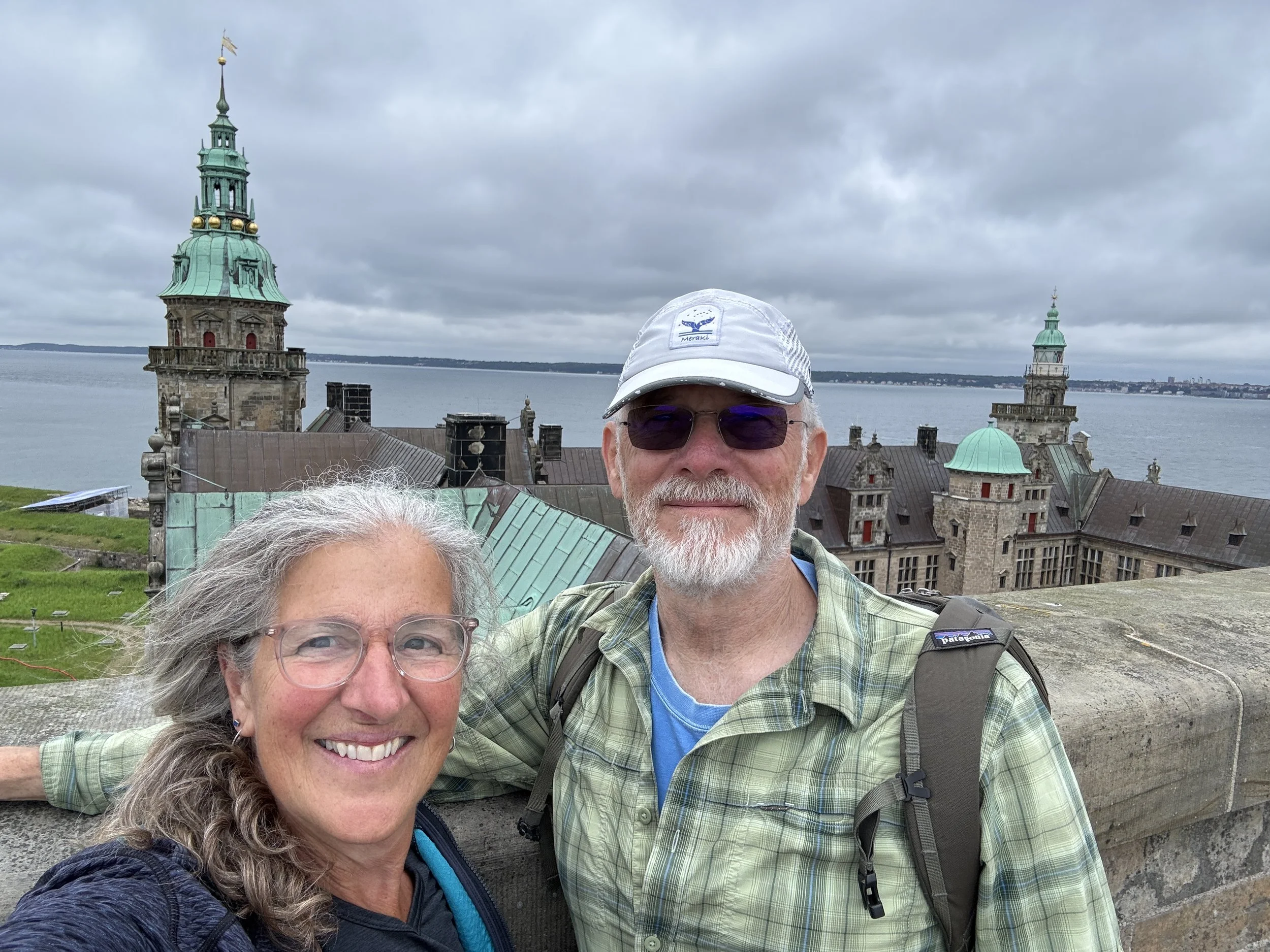


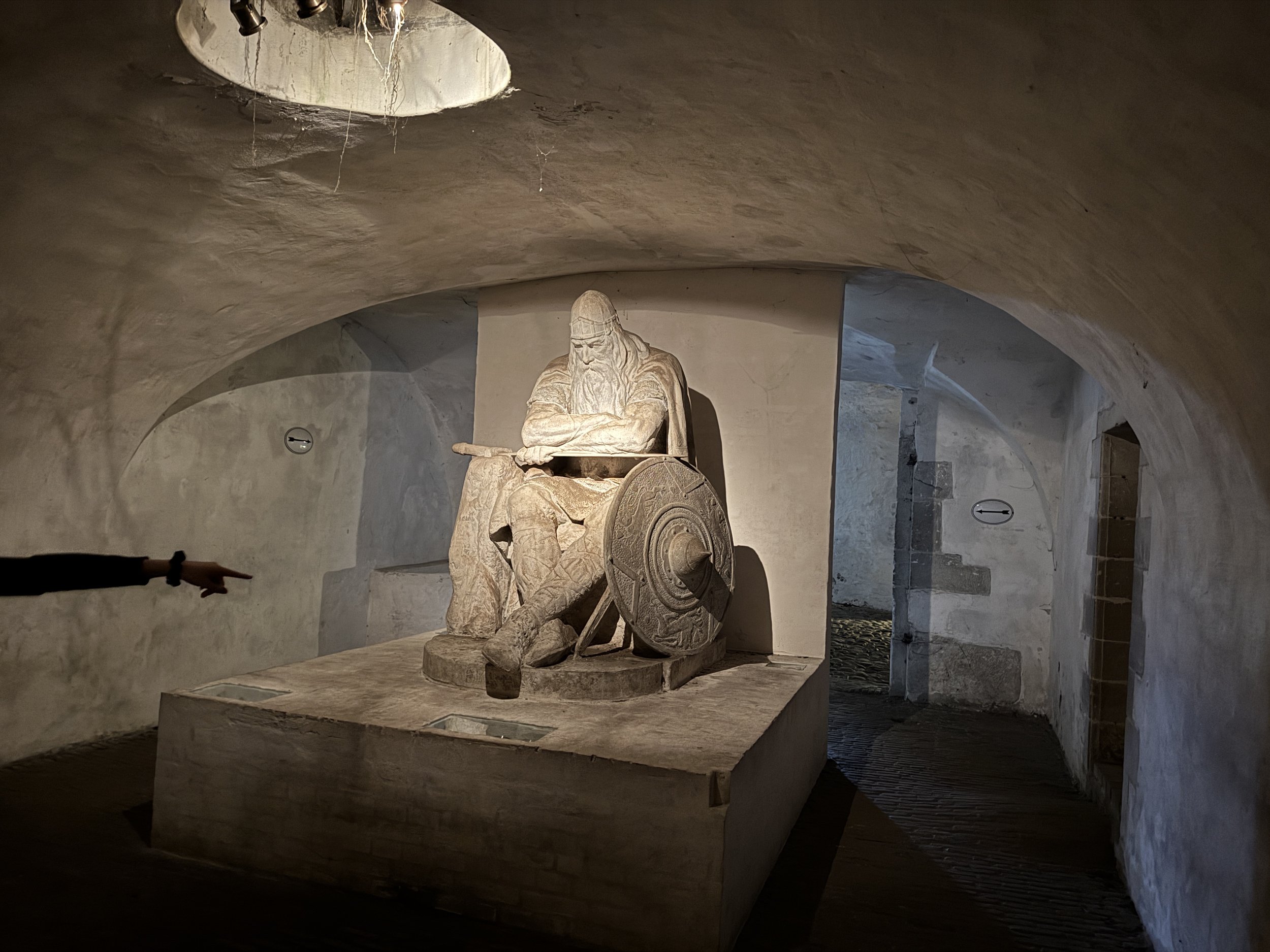

Built largely underground around a former dry dock and just outside the castle walls is the M/S Maritime Museum of Denmark. The museum explores Denmark's maritime history, including navigation, life at sea, and the role of Danish ships in WWII.
Before leaving Helsingør and taking the ferry across to Sweden, we stopped for a bite to eat. Unbeknownst to us we’d ventured into the Shipyard’s Street Food Market; an informal, rustic gathering place with amazing food from across the world. The choices were extensive and we found it hard to chose: Indian, Moroccan, Japanese, Mexican, Italian, Greek, Argentinian, Turkish, Arabic and French. And of course, a coffee bar and lots of craft beer.



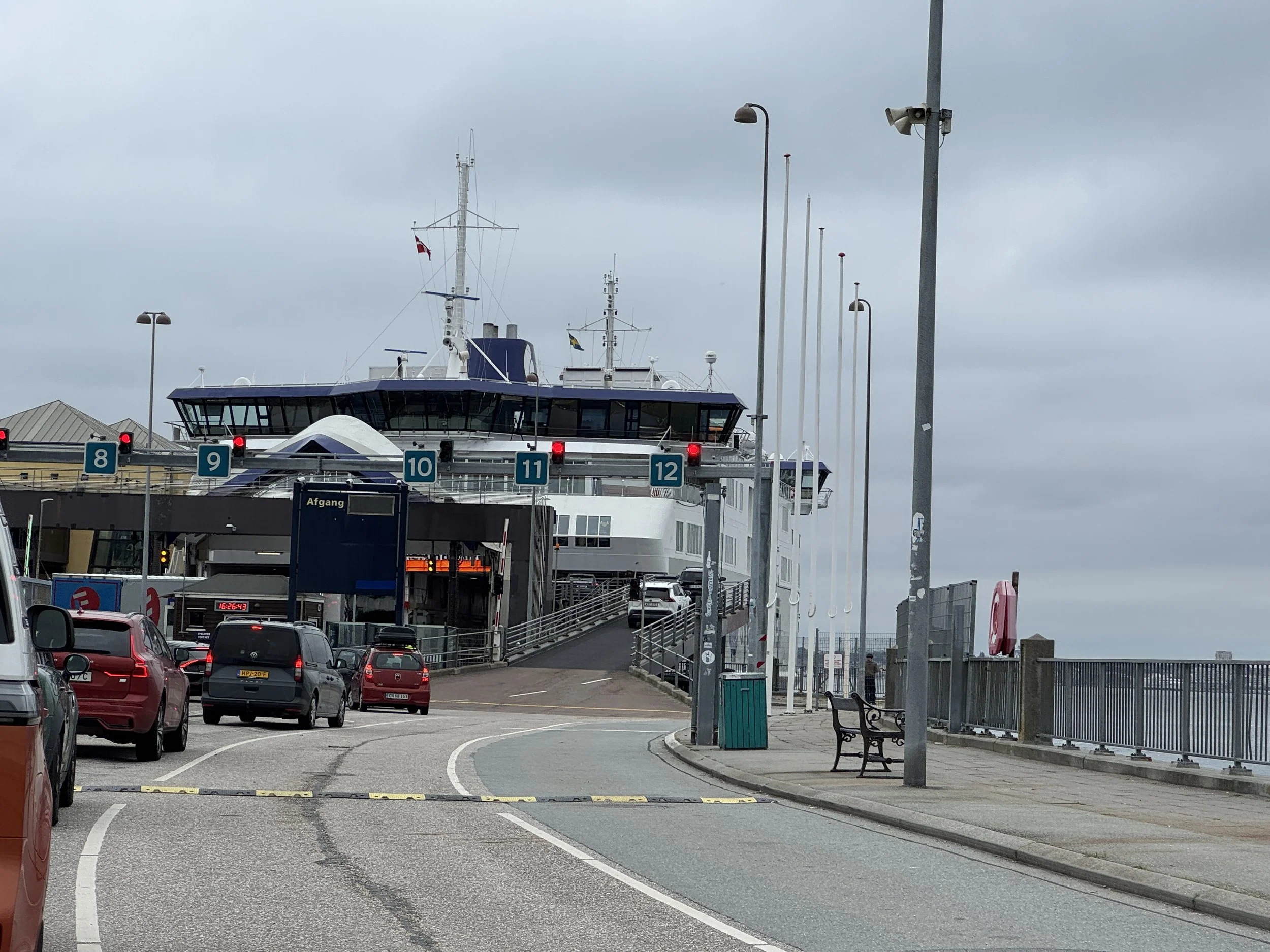
We drove north along the coast to the town of Vejbystrand where we walked the beach, meandered around town and followed the shore trail past the twisted forest.



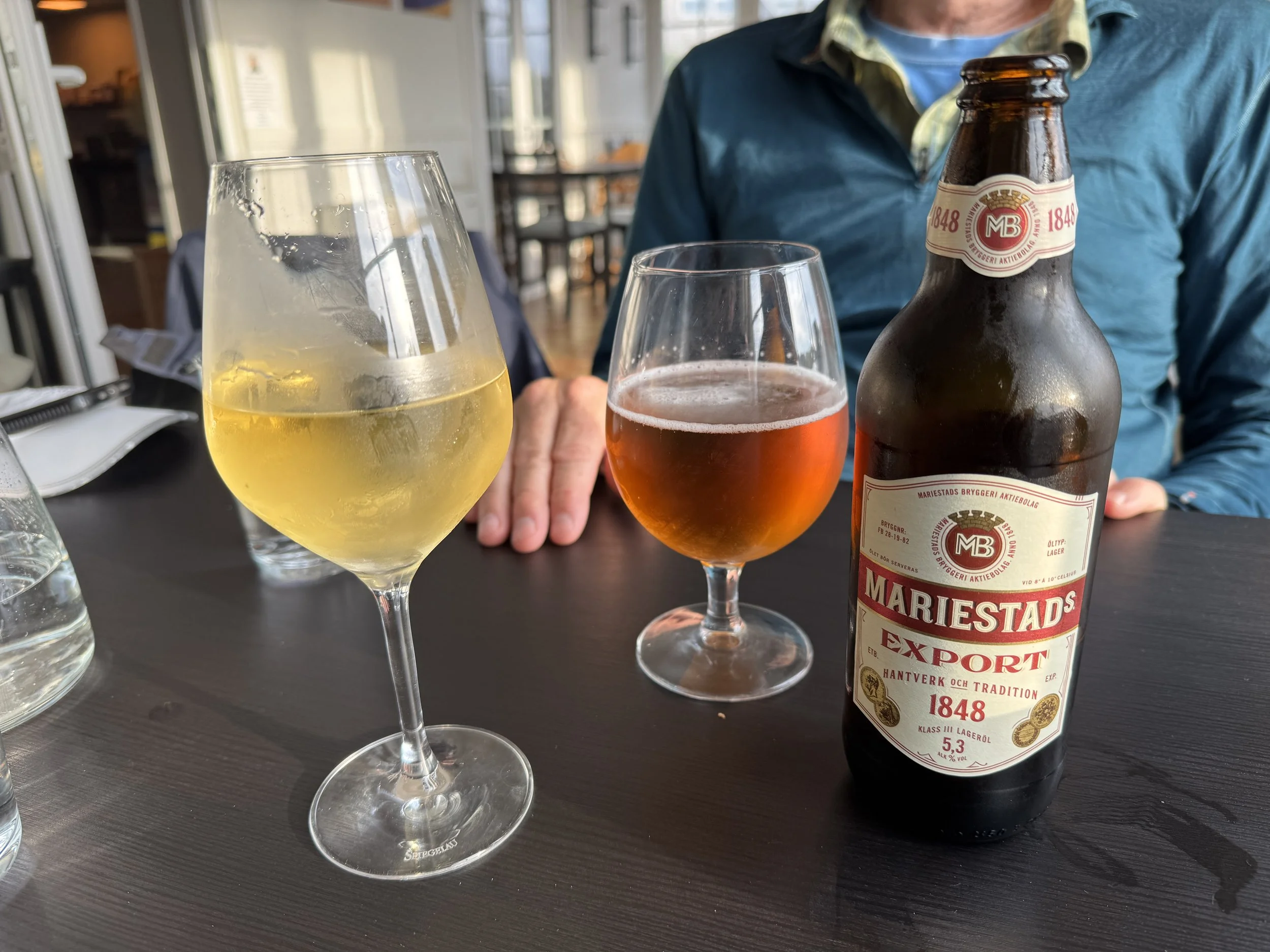
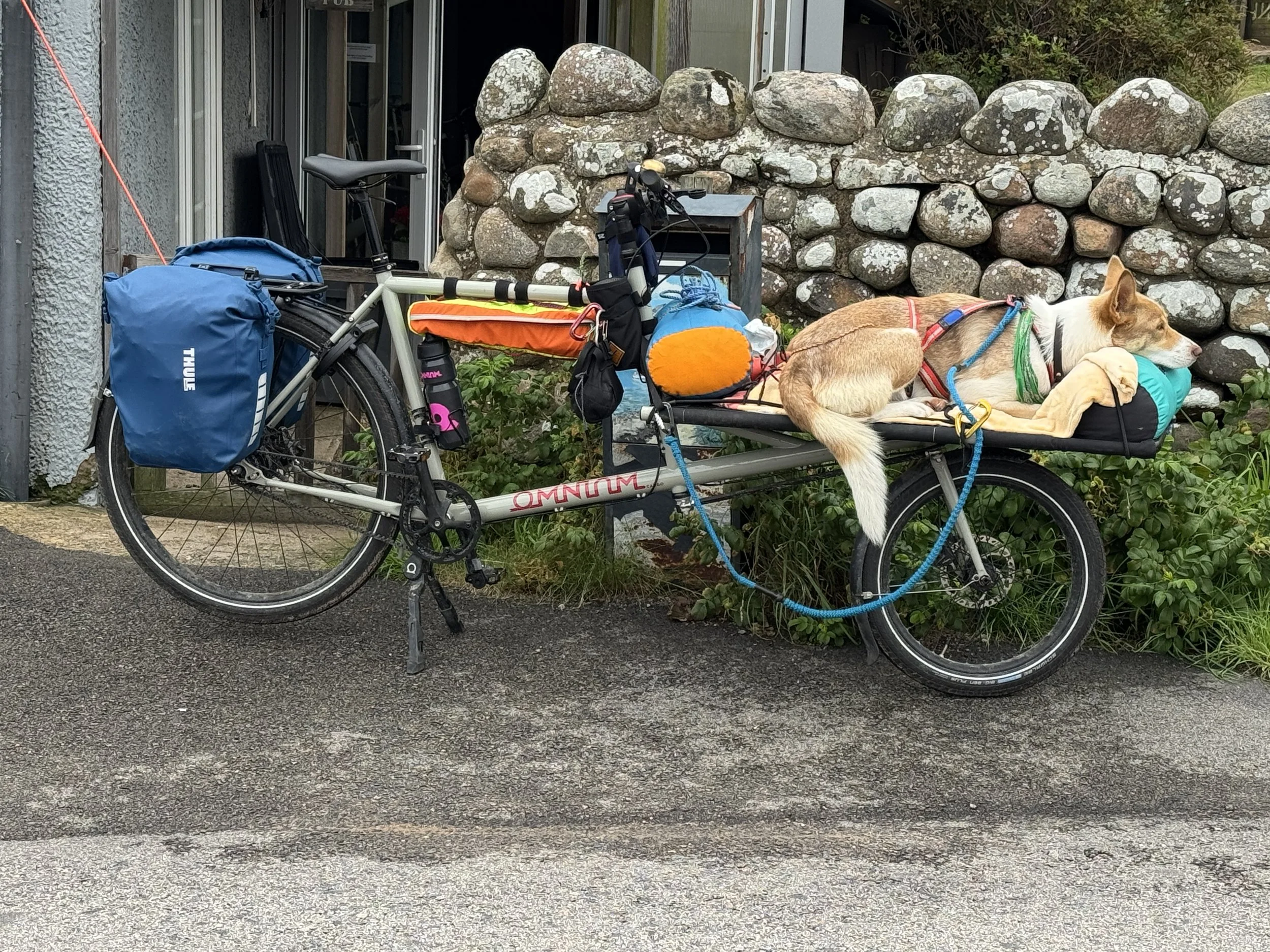
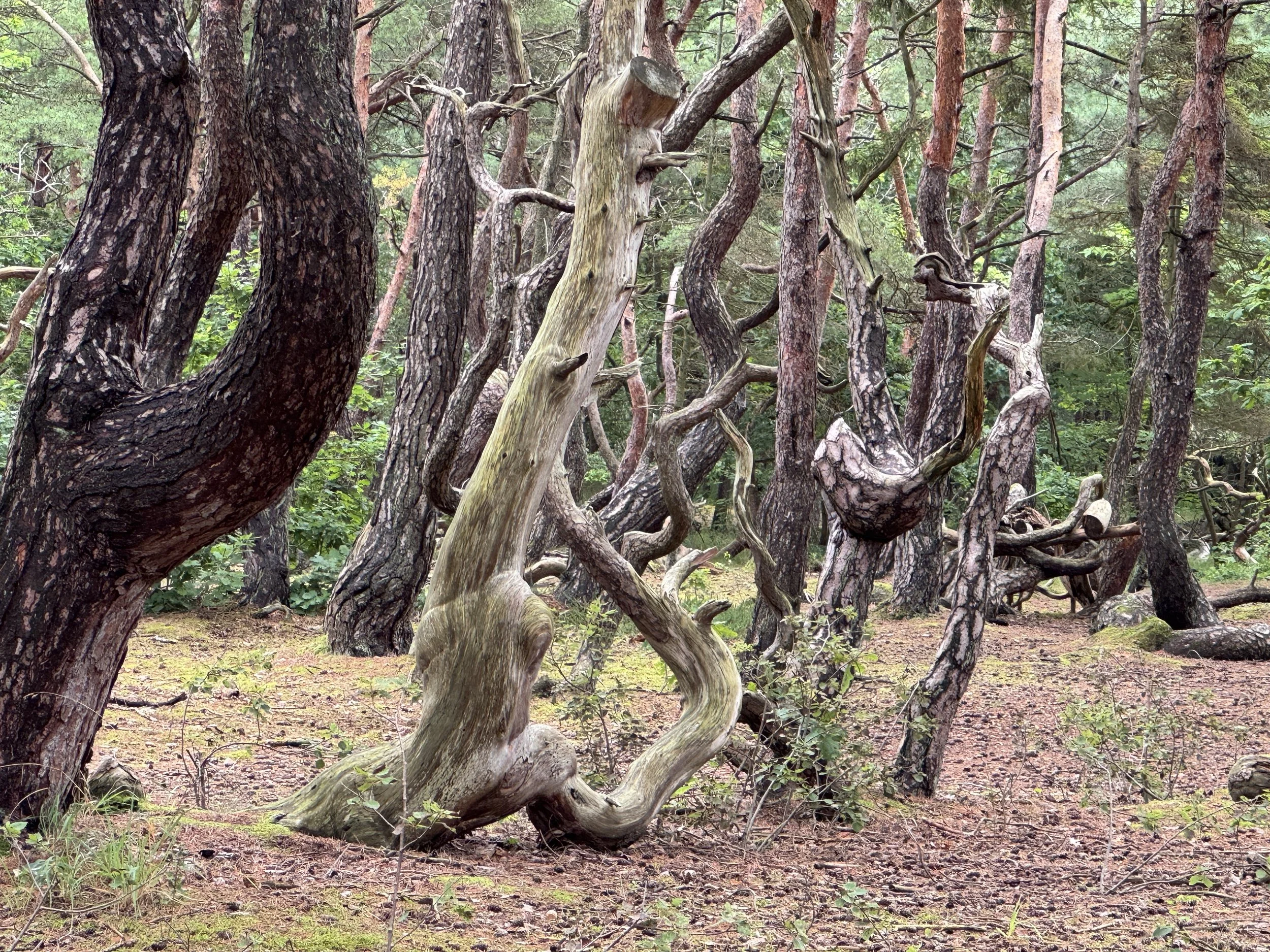
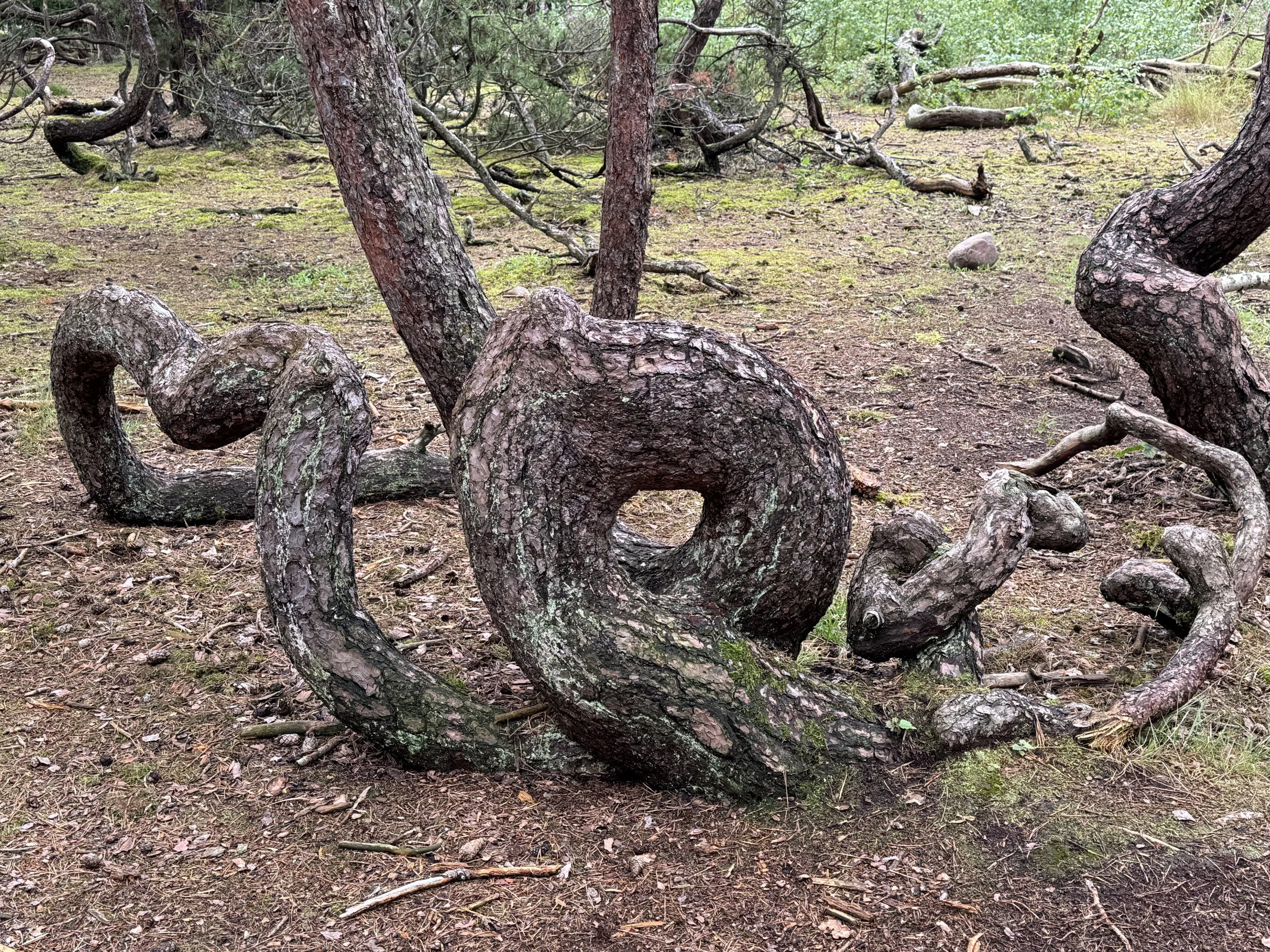
We continued our roadtrip across southern Sweden stopping at the Ale’s Stones (Ales Stenar in Swedish). This mystical early iron-age monument consists of 59 massive boulders arranged in a 67 meter (220 ft) long outline of a ship, overlooking the Baltic Sea. No one knows who erected this megalithic monument around 1,400 years ago, or why. The landscape, the view of the sea, and the placement of the stones lend themselves to many interpretations. Maybe it is a burial site - though no grave has been found. A symbol of power and a gathering site? Or perhaps a gigantic solar calendar - the ships central line points at a spot on the horizon where the sun rises on the winter and summer solstices. It is a mystery.
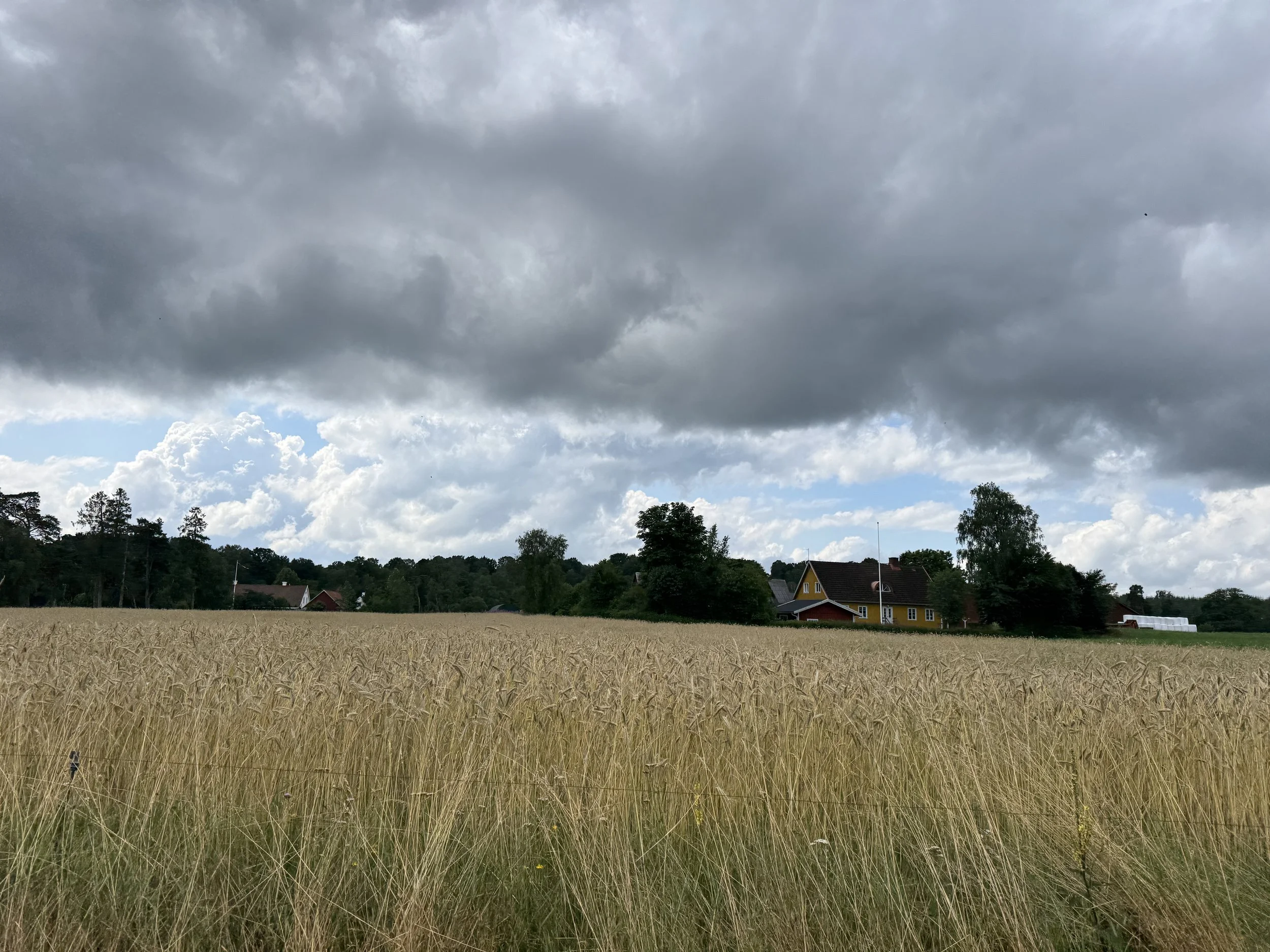


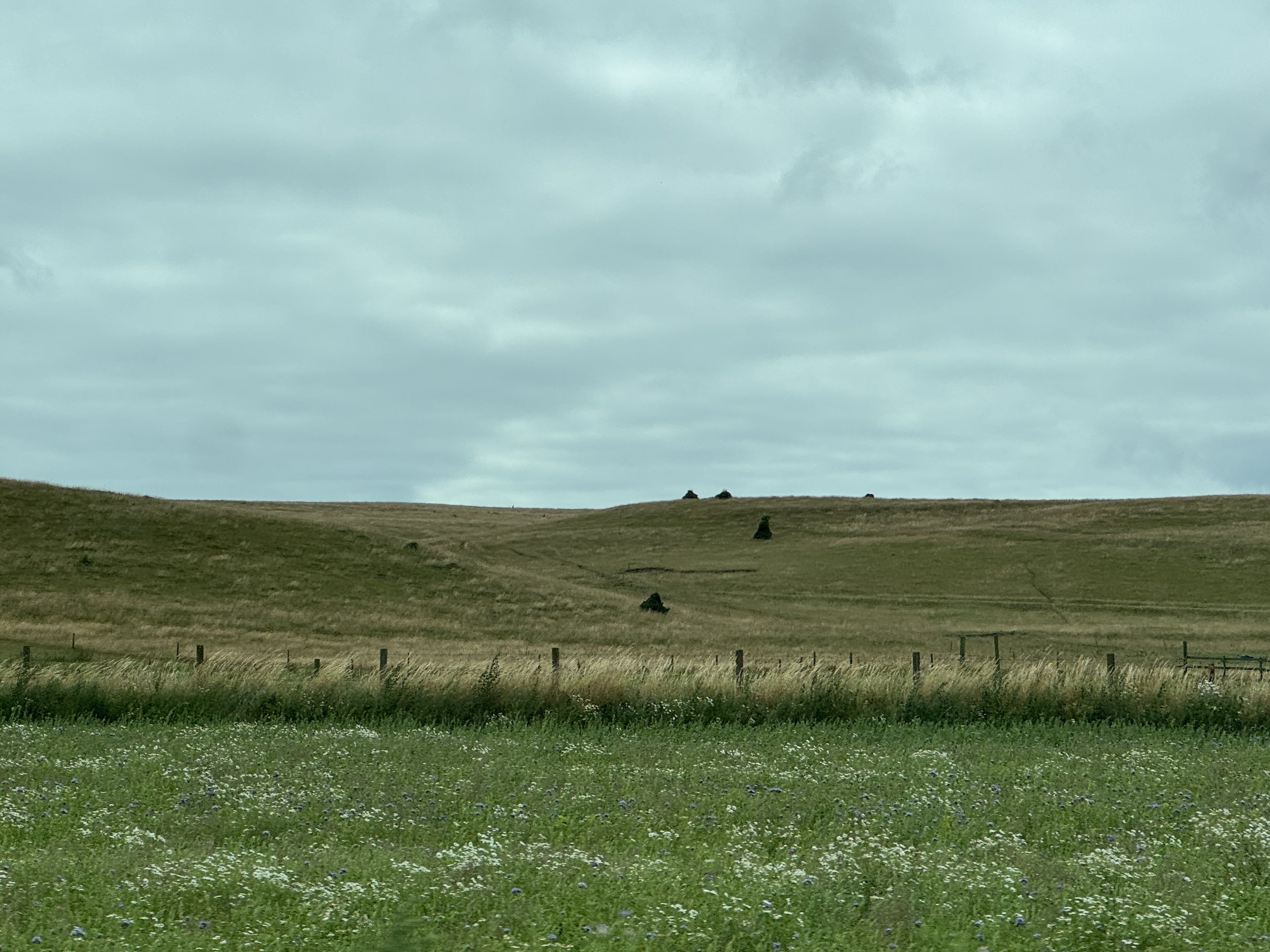

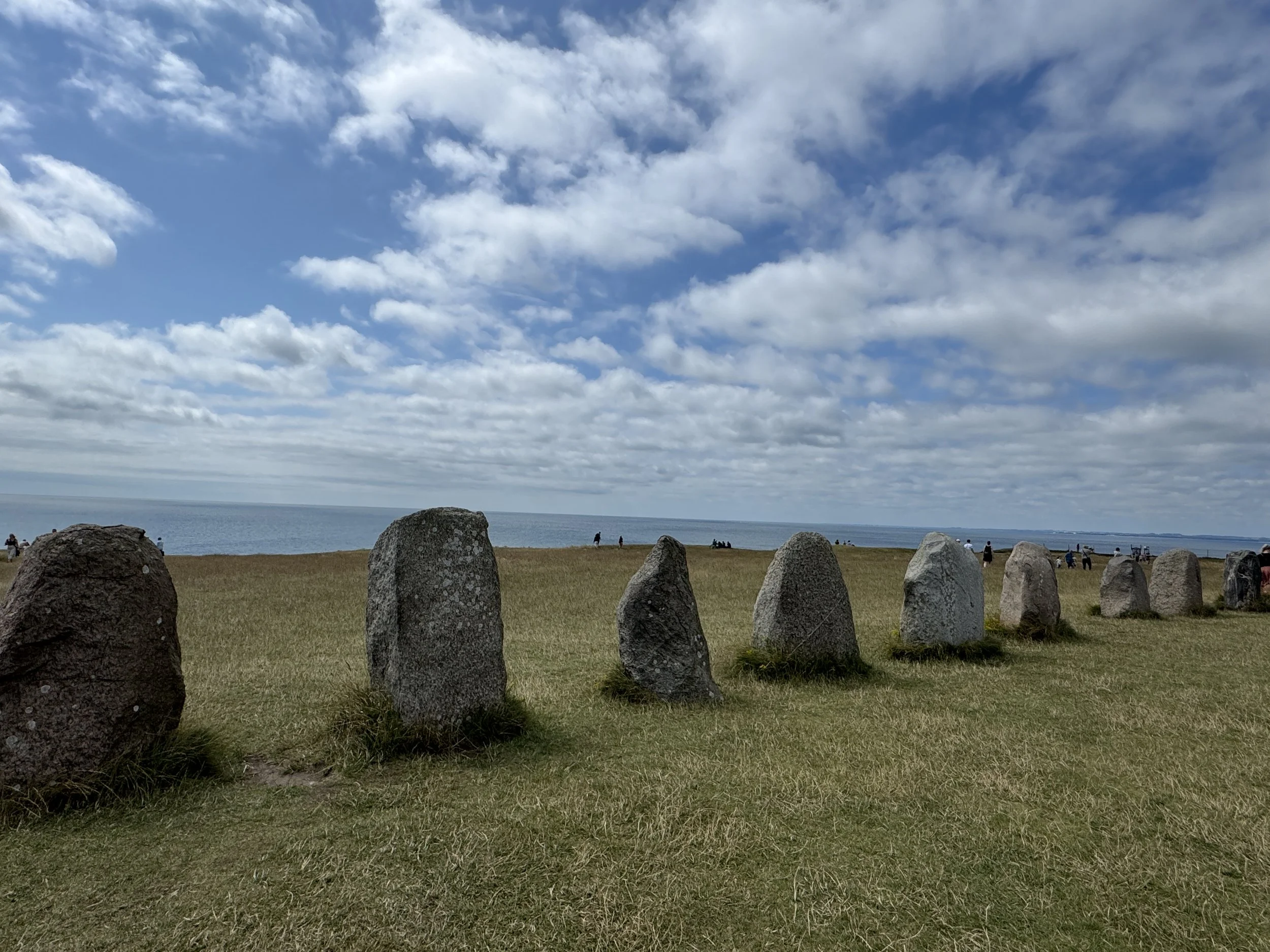

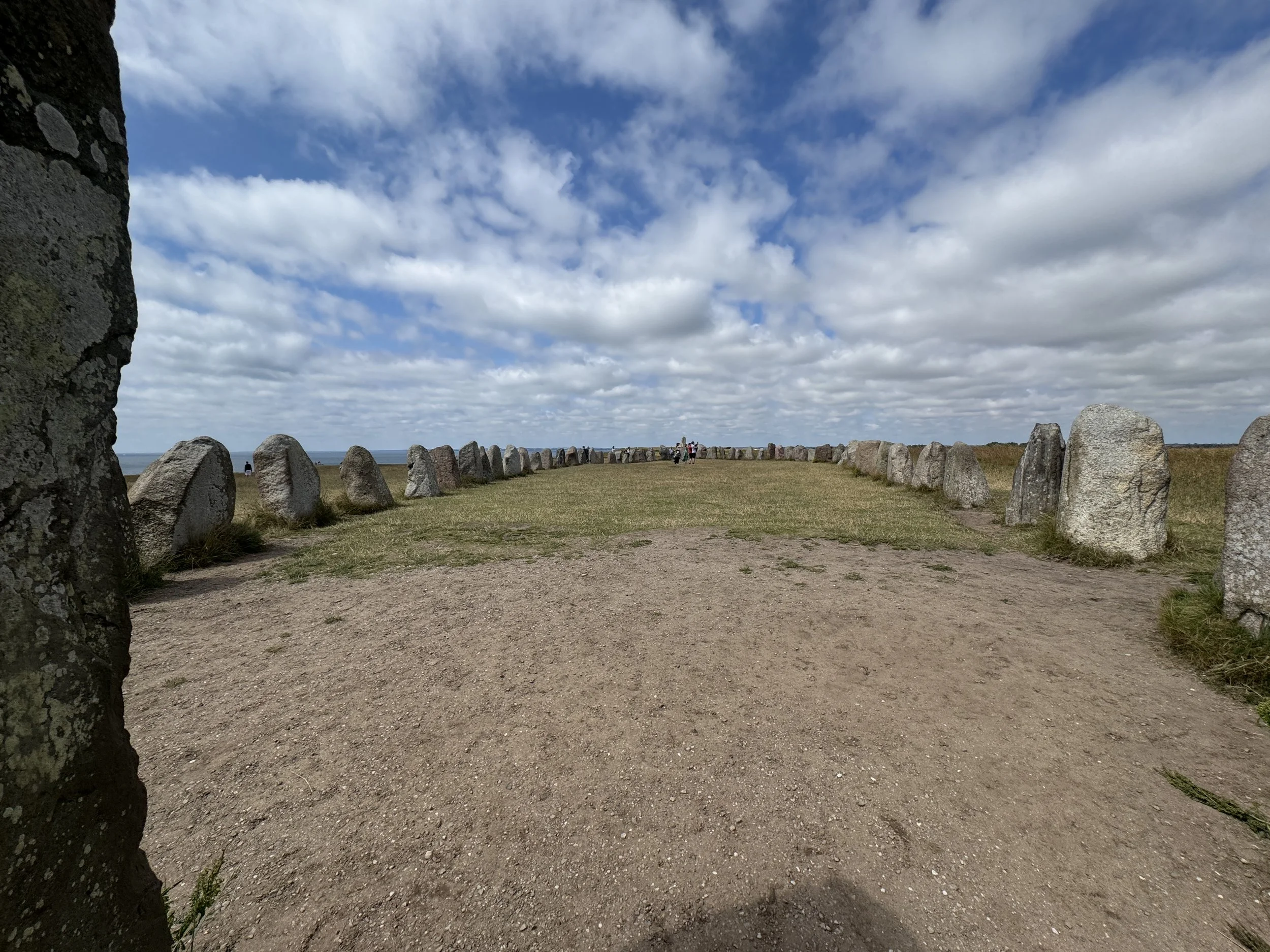

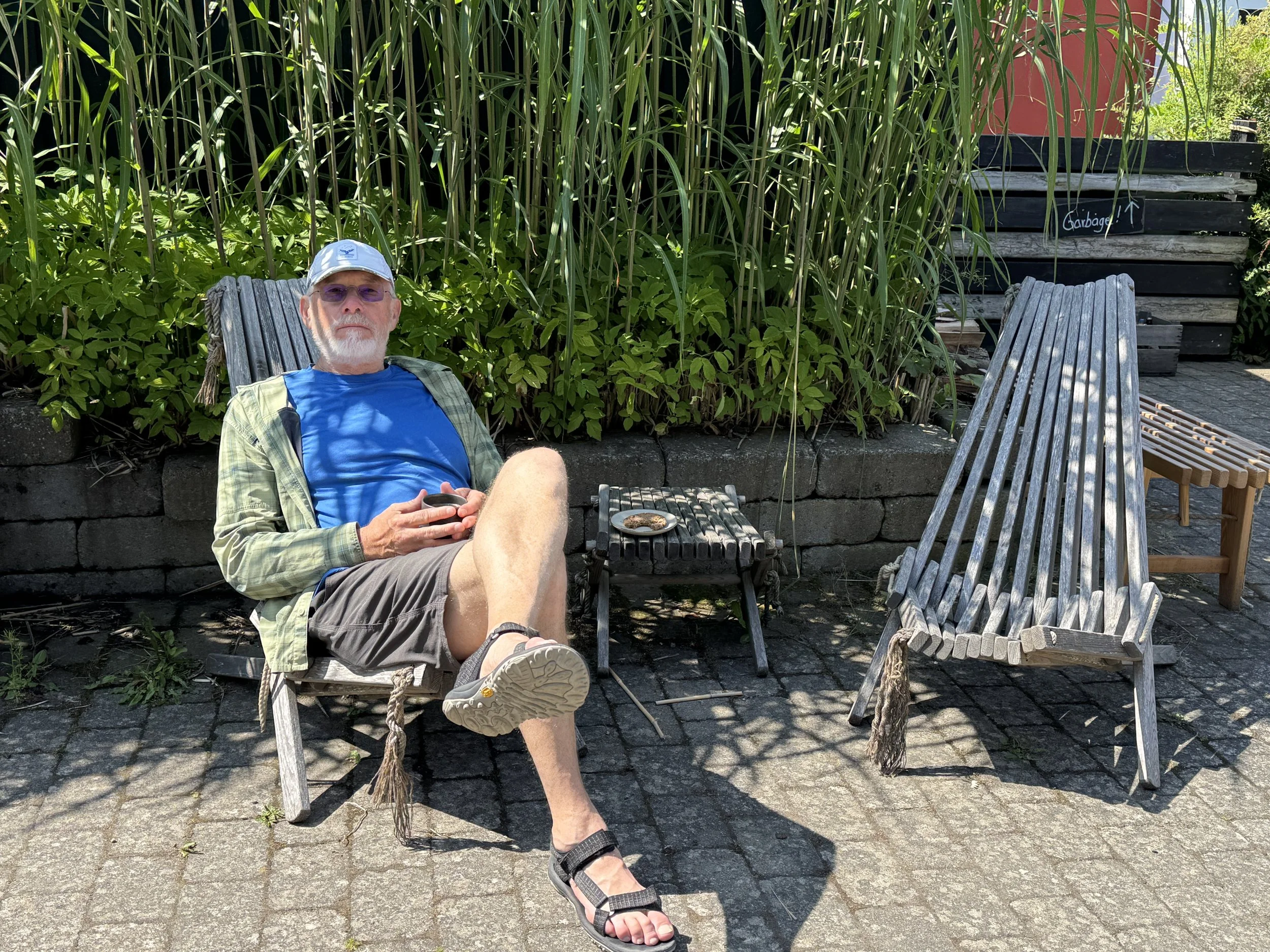

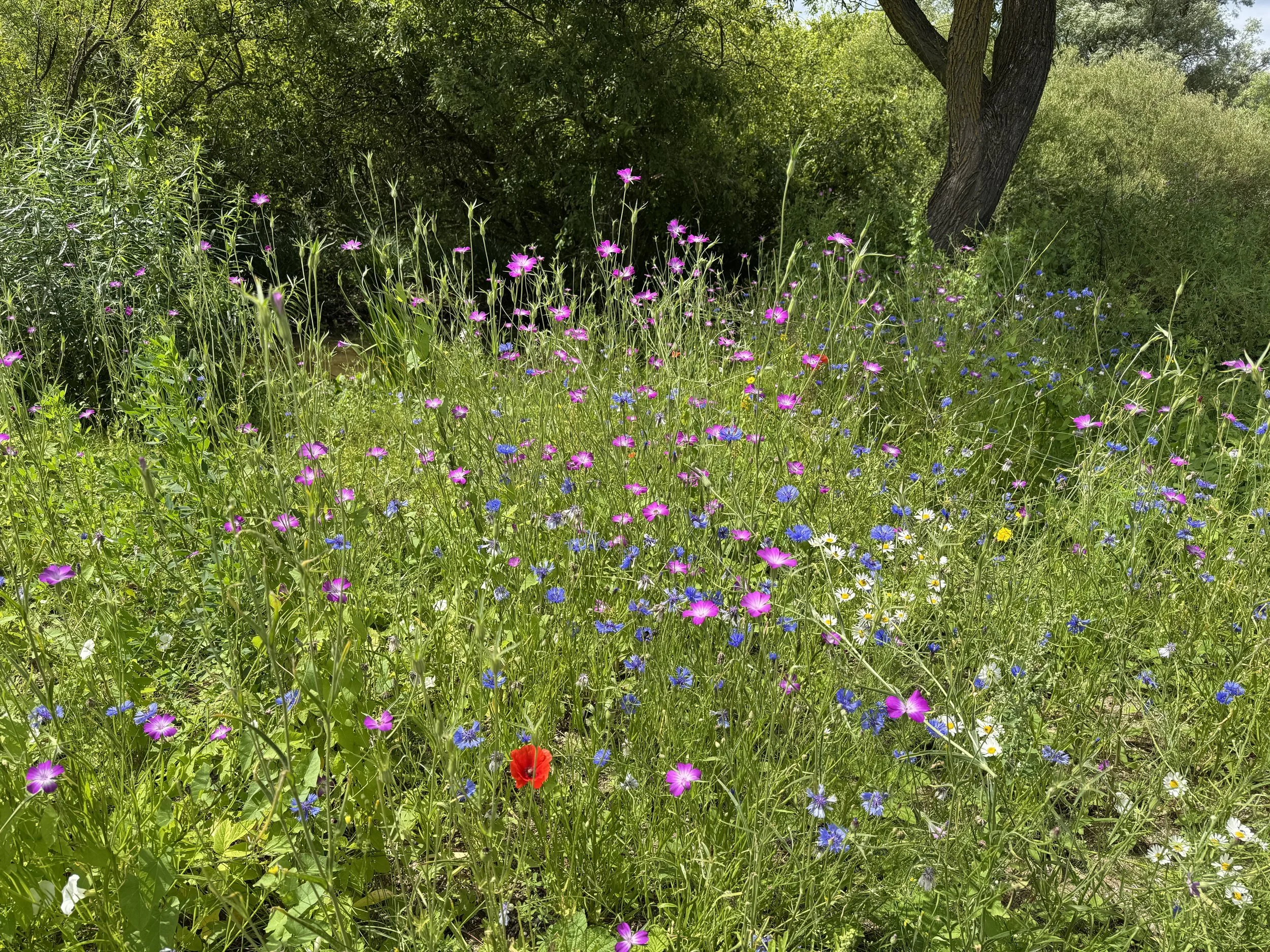
Having decided to make this road trip at the last minute we found it difficult to find accommodations in the height of summer. We ended up with a room at a nature reserve - knowing nothing about it. Eriksberg, is a 925-hectare (nearly 2300-acre) fenced reserve which holds 1,500 animals in summertime; Red deer, Fallow deer, Père David’s deer, Wild boar, Wisent or European Bison and Mouflons Sheep all roam freely together. It is one of Northern Europe's largest game enclosures. We had a fabulous time observing the wildlife, relaxing in the hot tub overlooking the savannah, and enjoying amazing food at the various restaurants where game from the estate is a central ingredient on the menus.



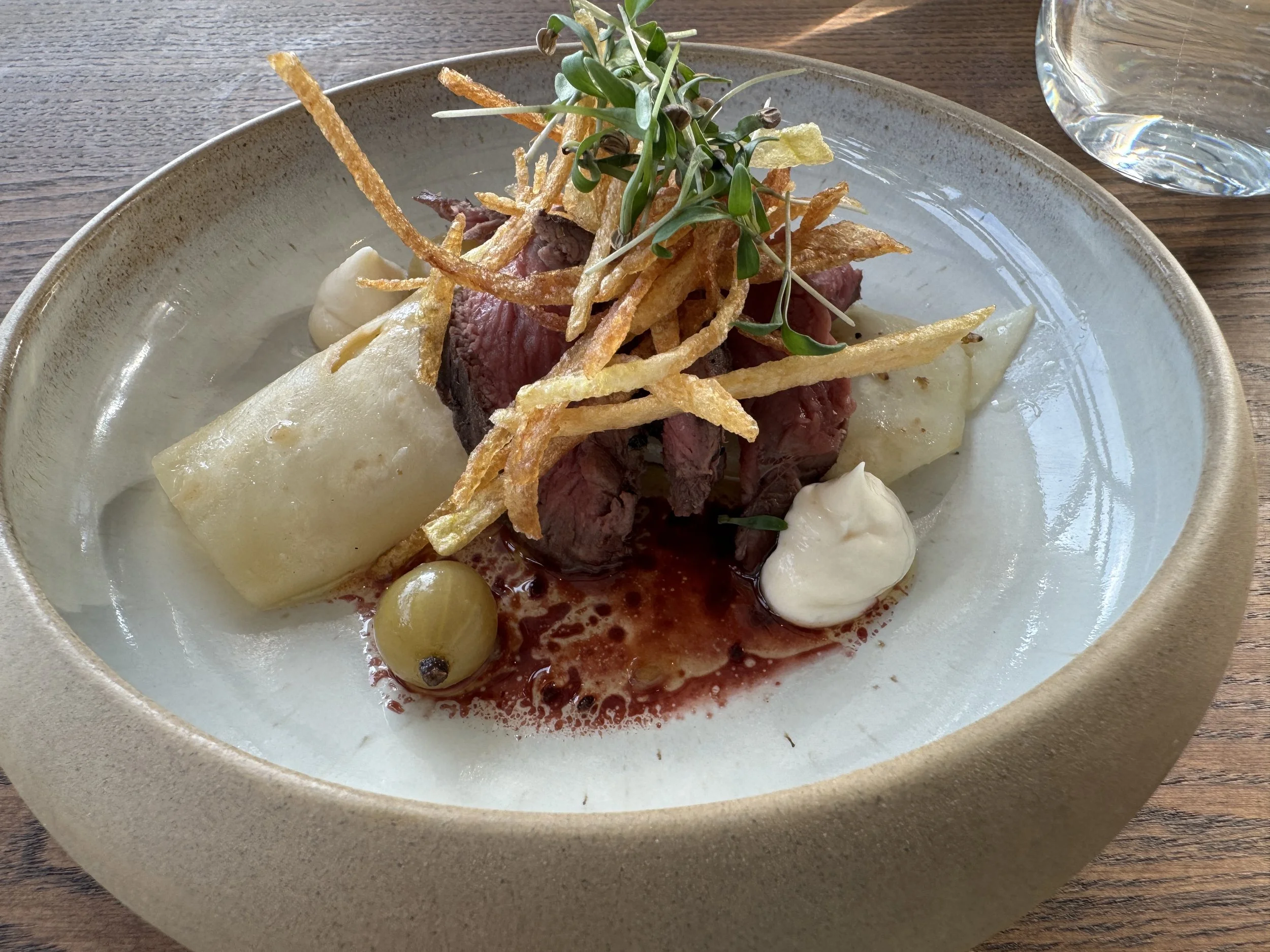
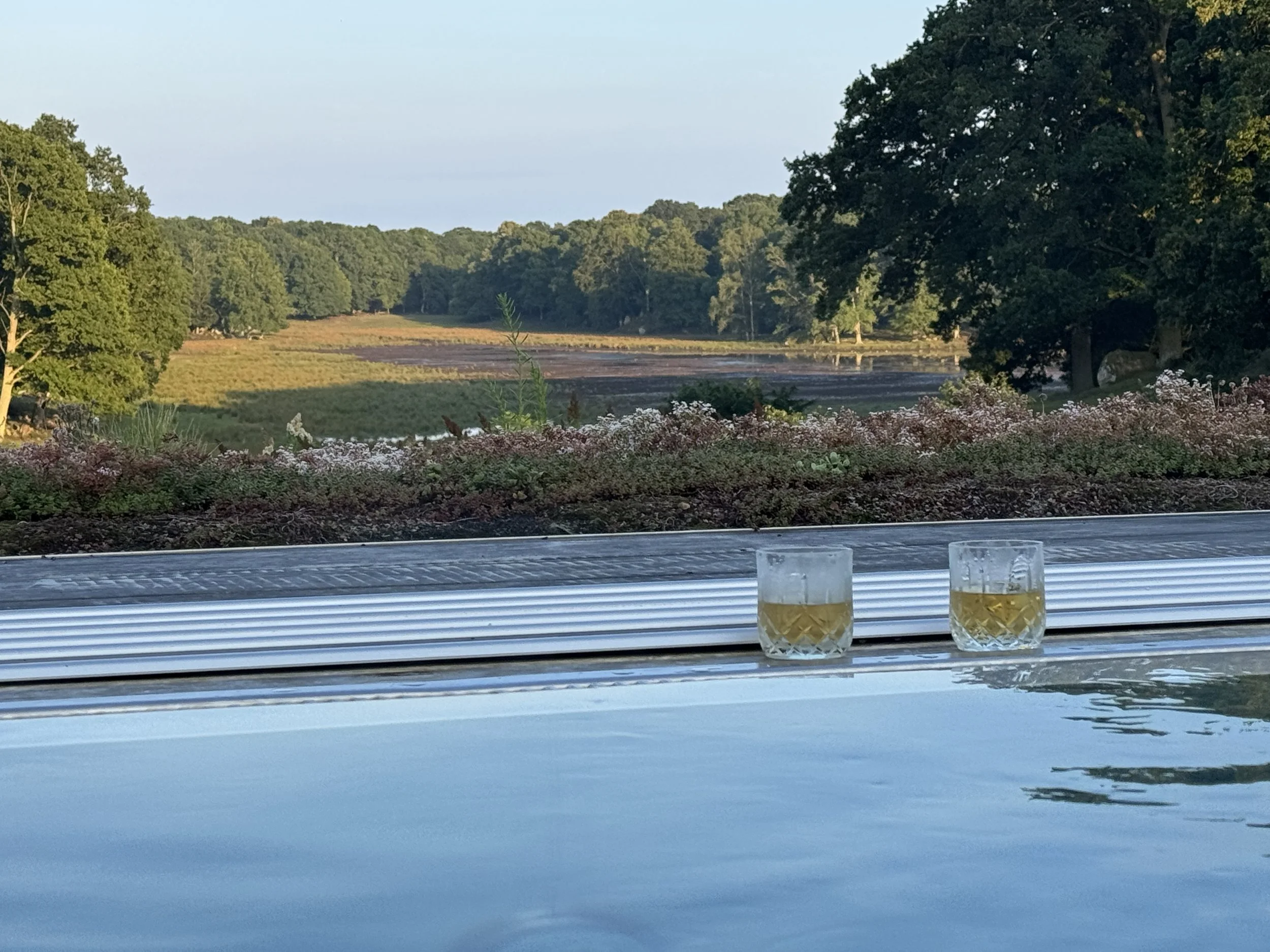
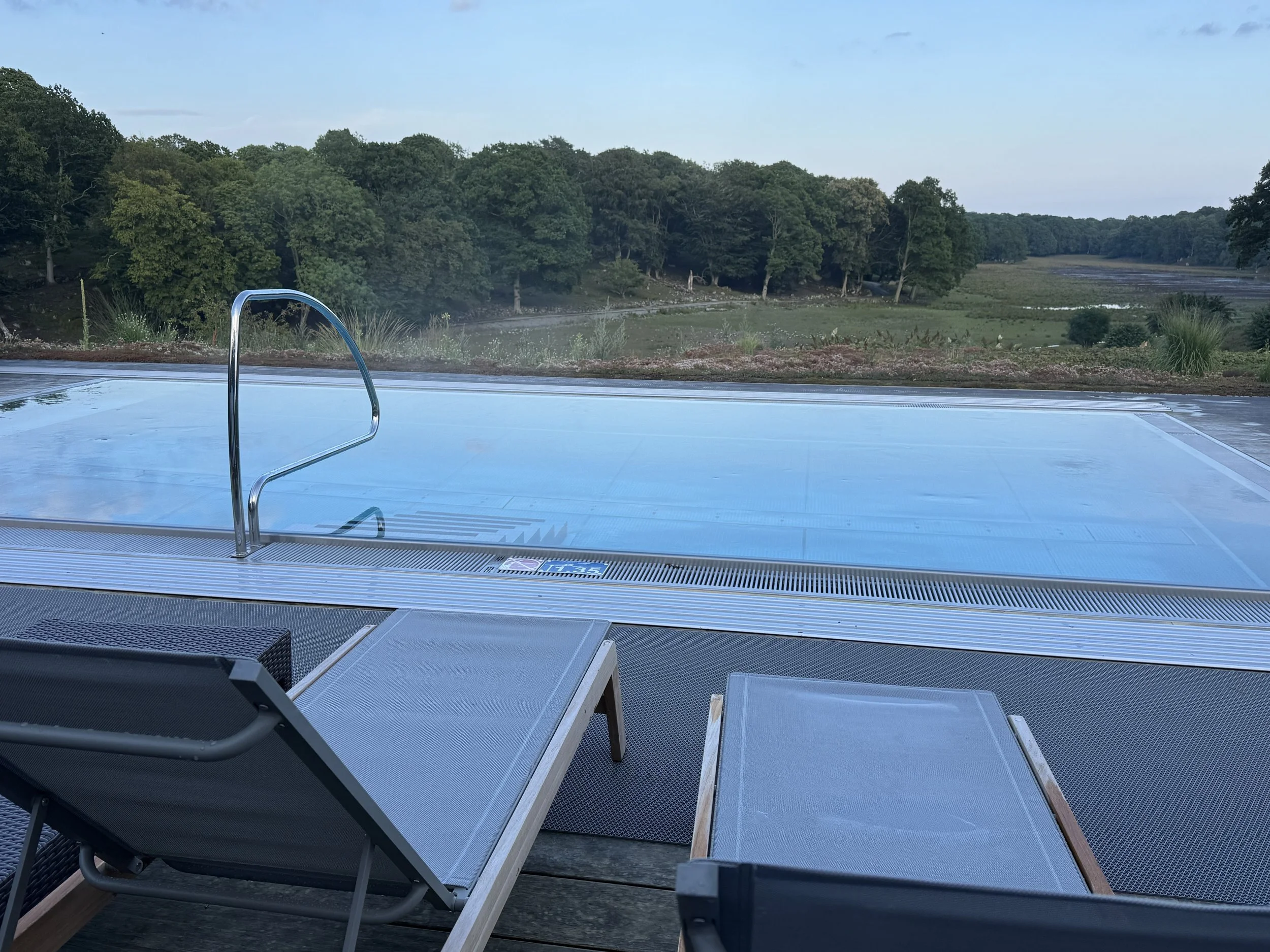

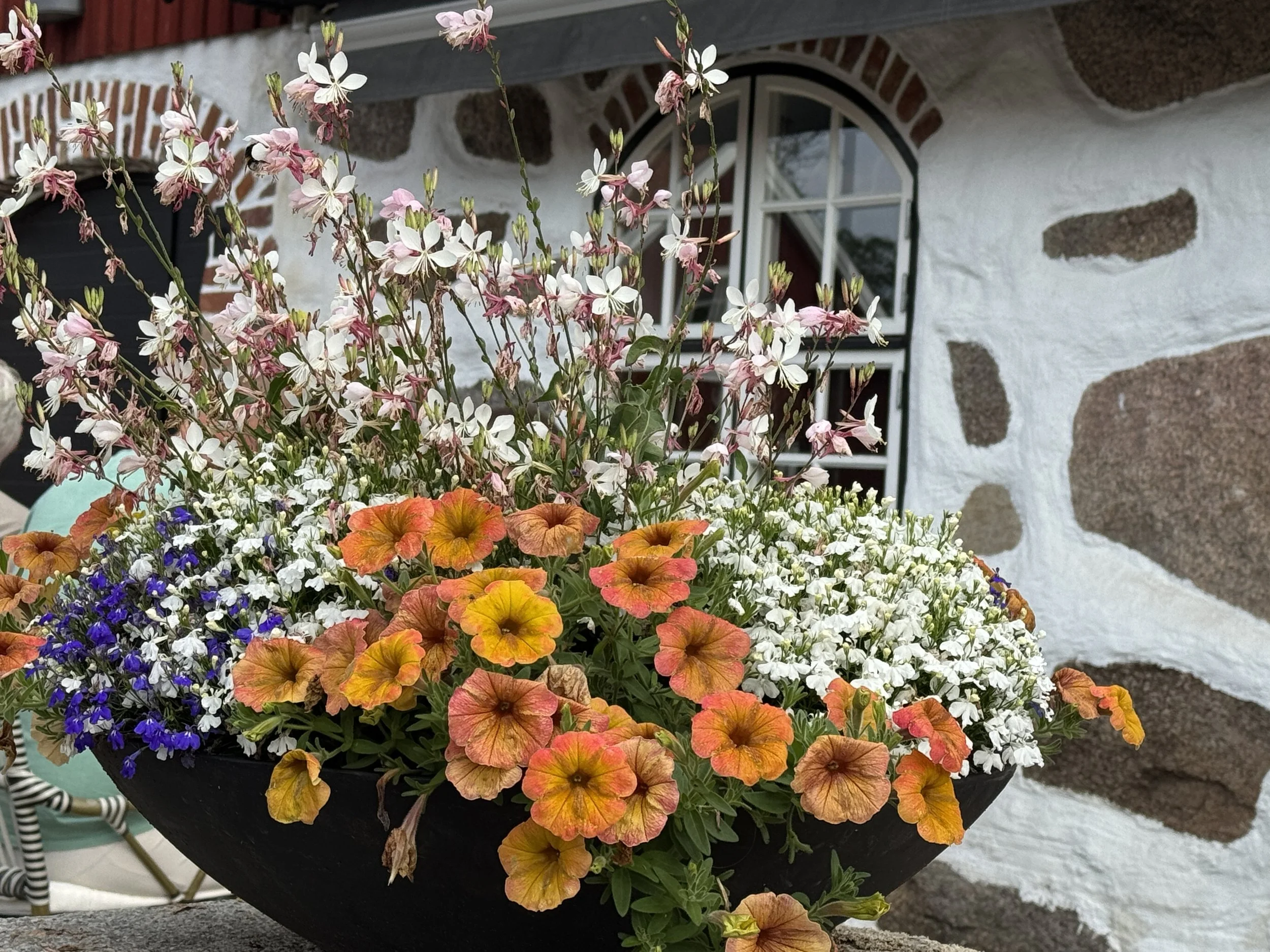
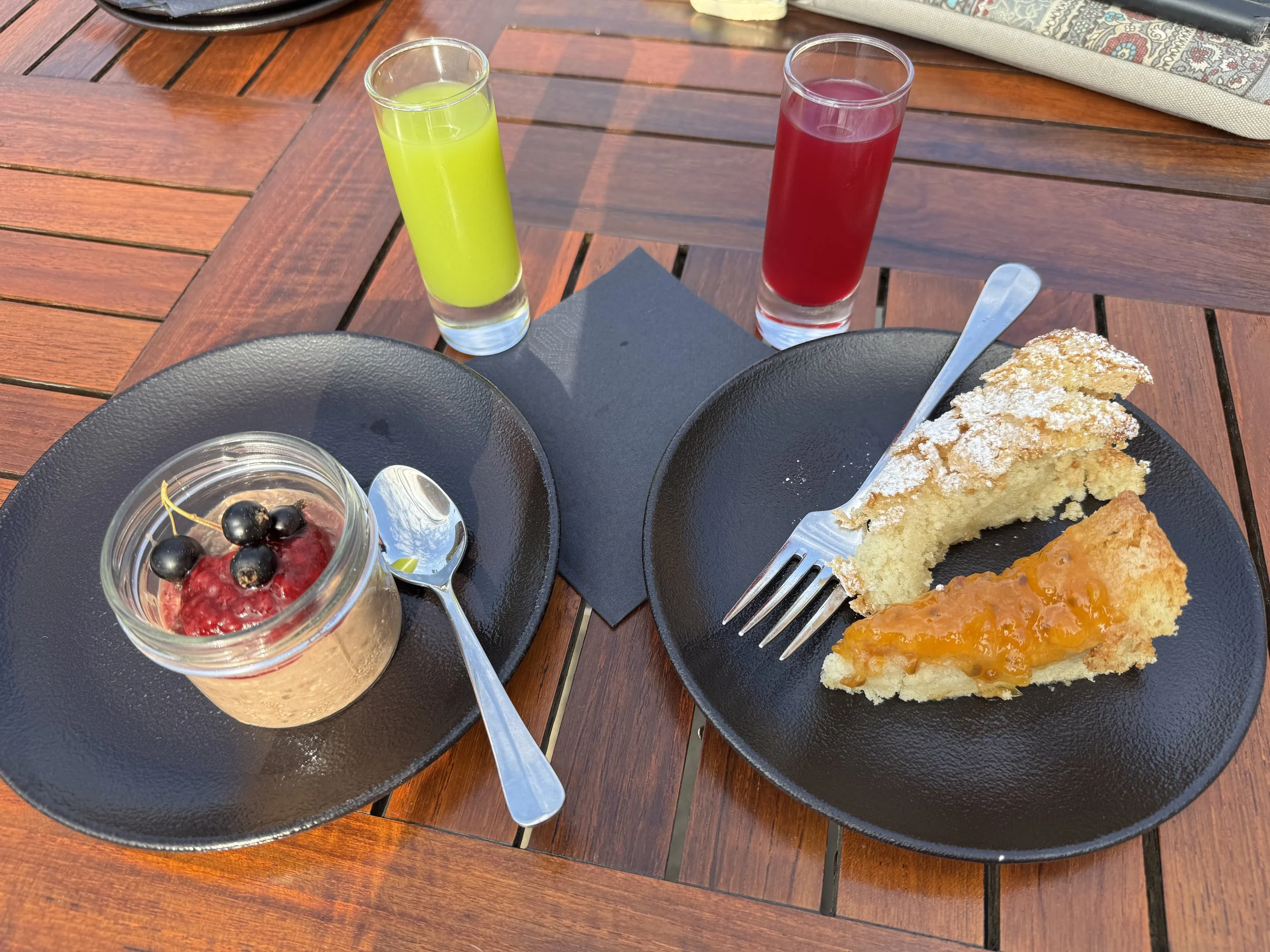
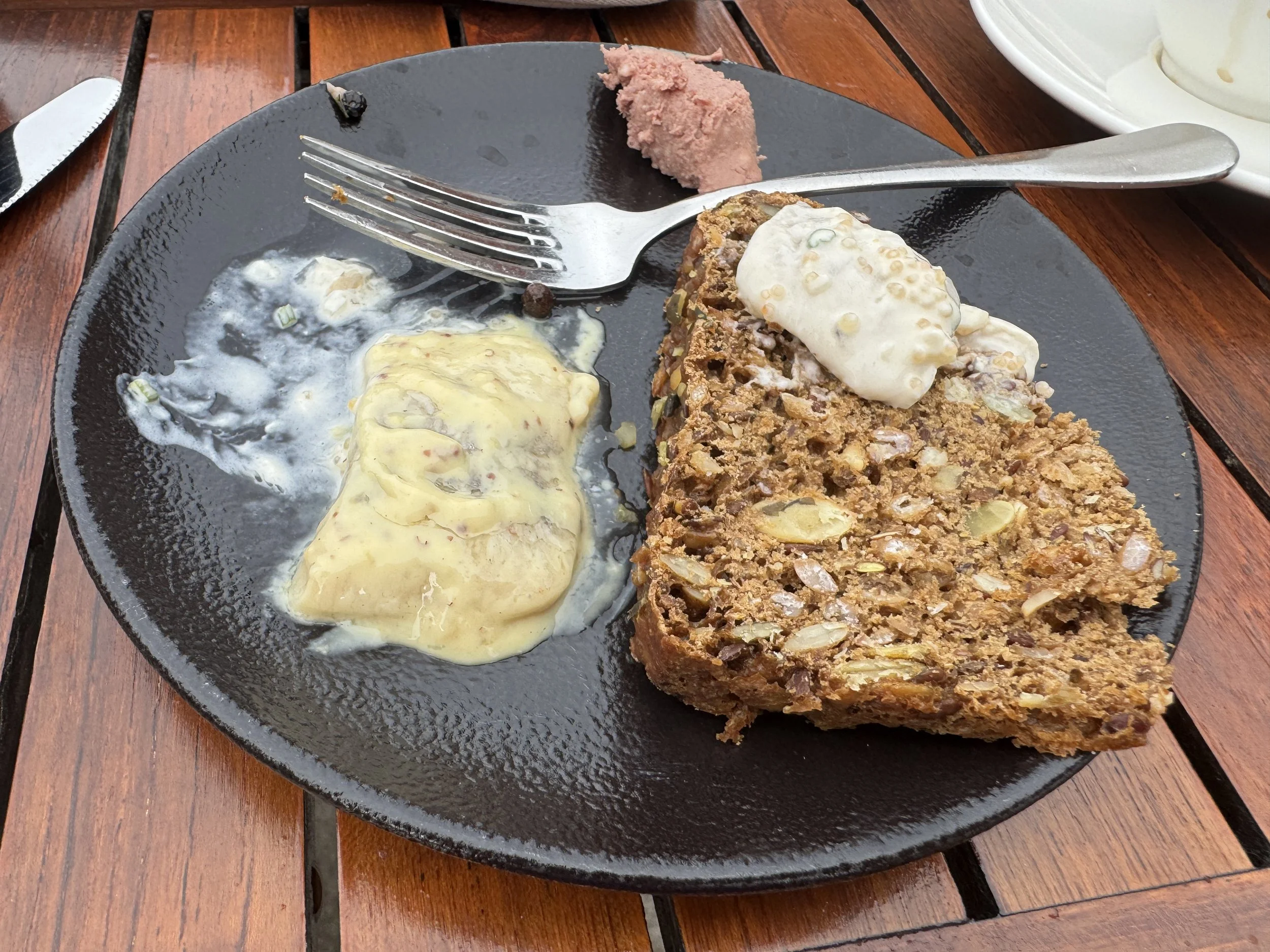
Our time ended far too quickly as a medical emergency at home needed our attention. Sadly we had to leave earlier then expected. We drove past wheat and corn fields, through stunning forests and eventually crossed the Øresund Bridge which links Copenhagen, Denmark, with Malmö, Sweden. It's a cable-stayed, combined road and railway bridge that stretches across the Øresund strait before transitioning into a tunnel, making it a hybrid structure.
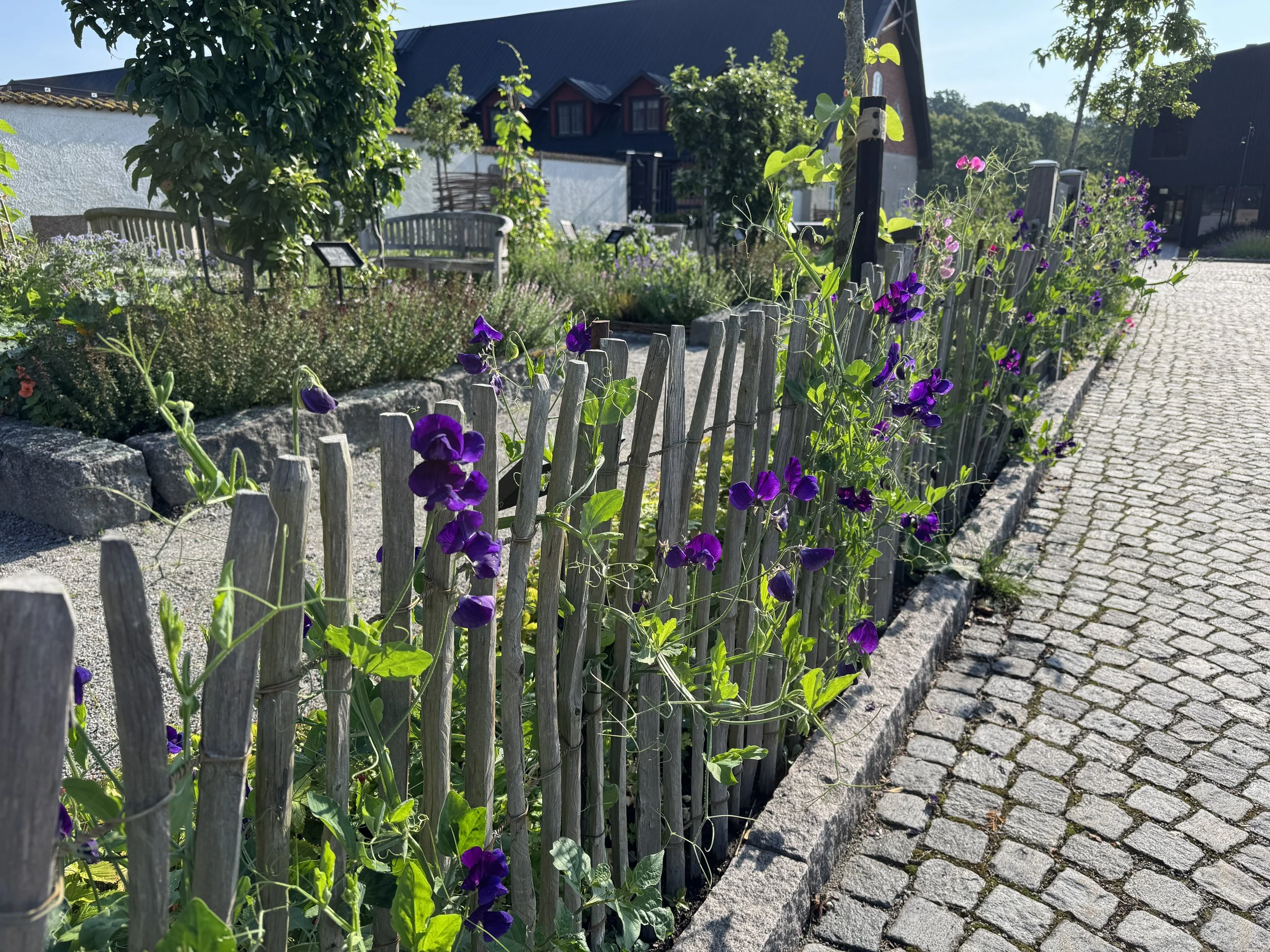
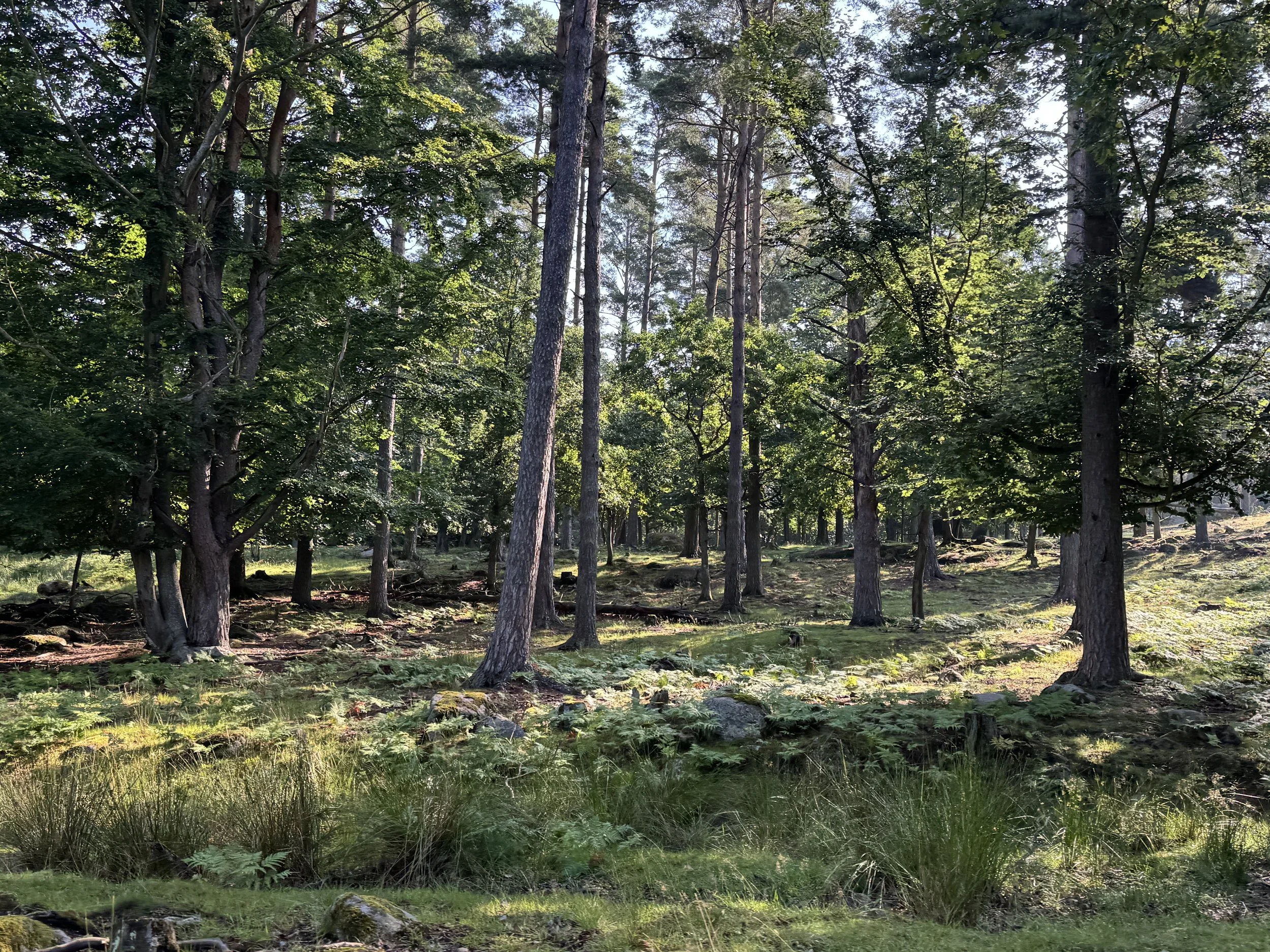


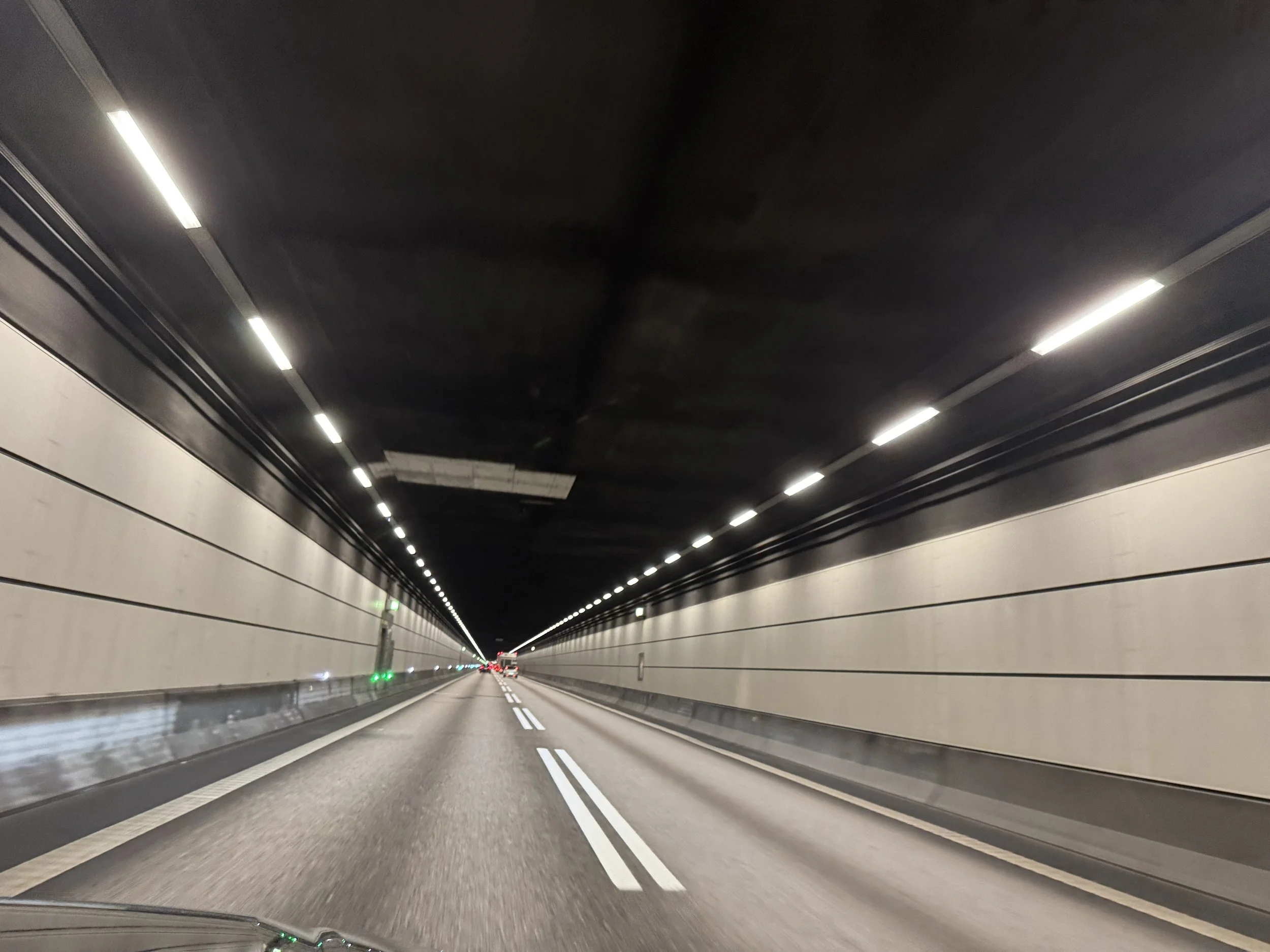
We wound our way back to Greve Marina and aboard Meraki, zipped through our “departure shut-down” list, packed our bags and headed for the airport. It was a quick turnaround and we are grateful for our Viking friends who are looking after Meraki in our absence. Alaska here we come!
Note: photo captions will not appear if viewing on a cell phone.




